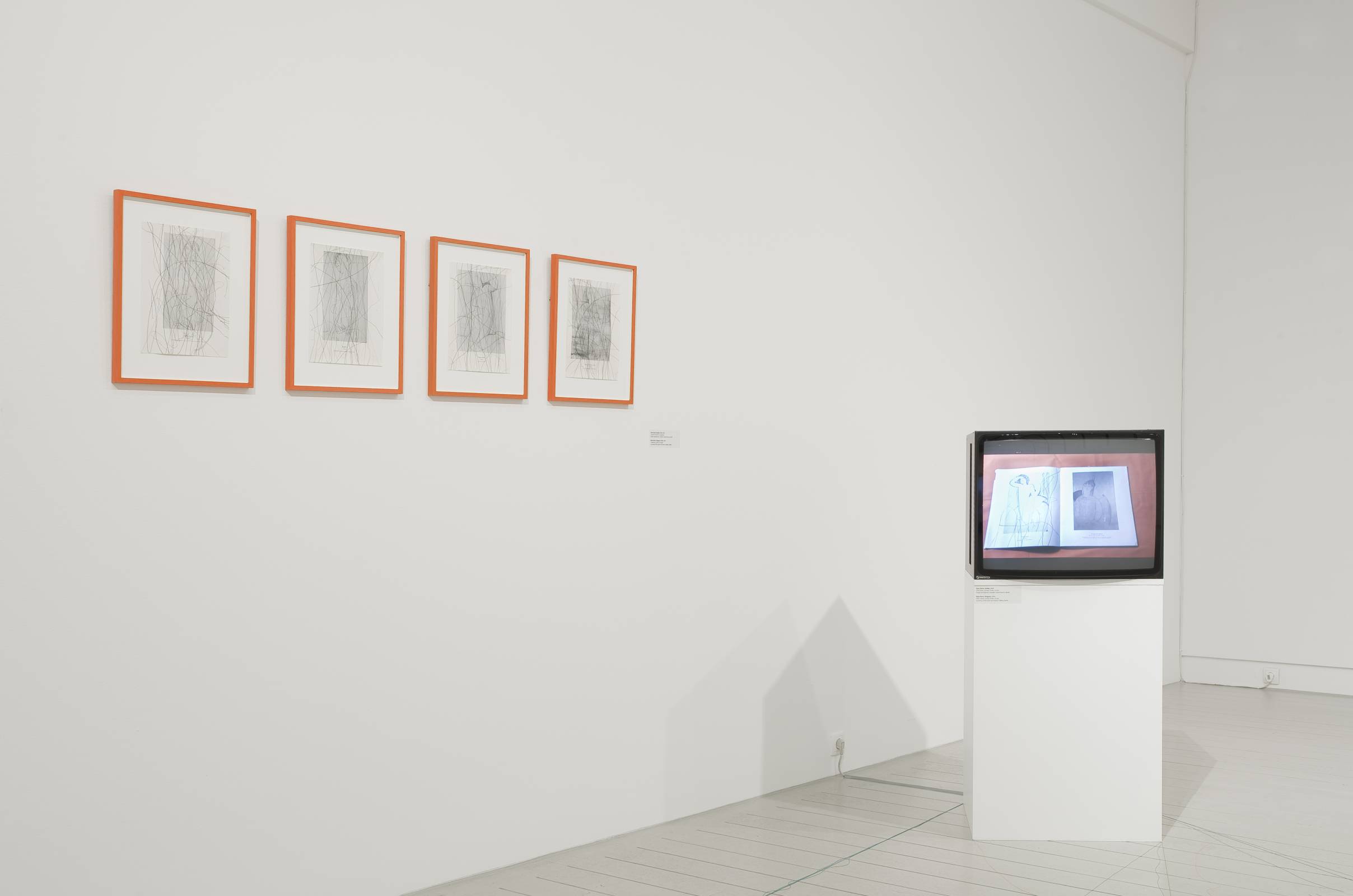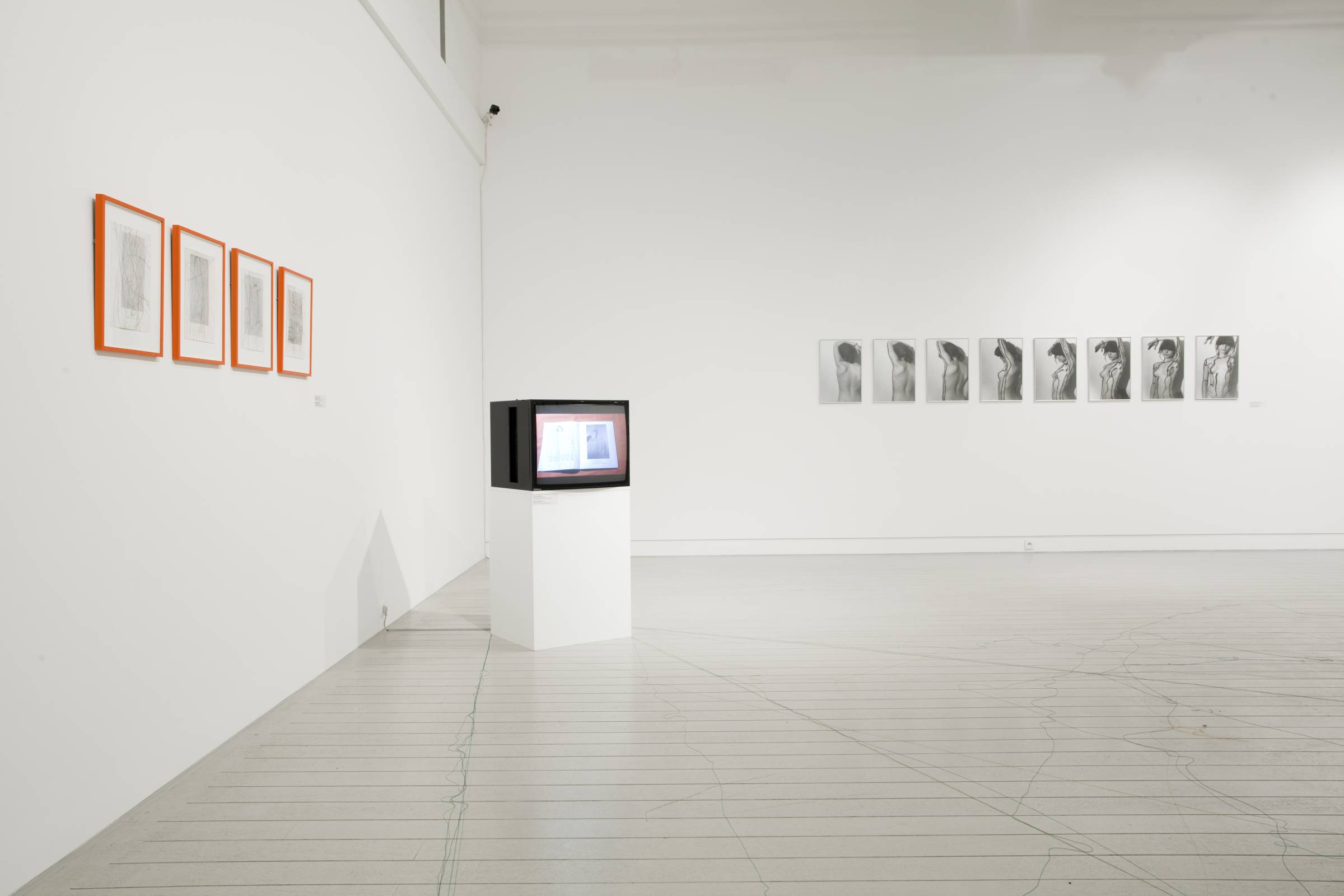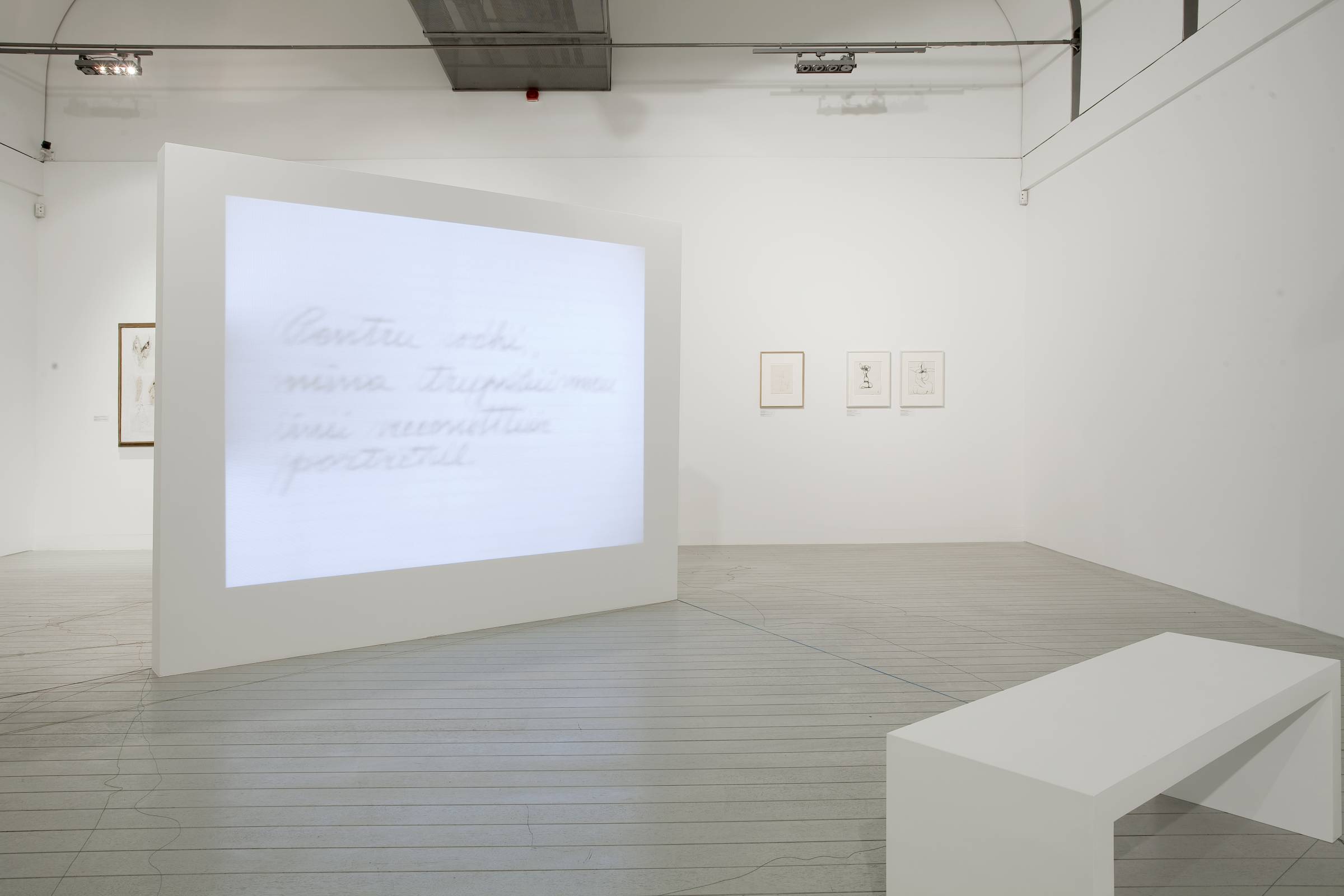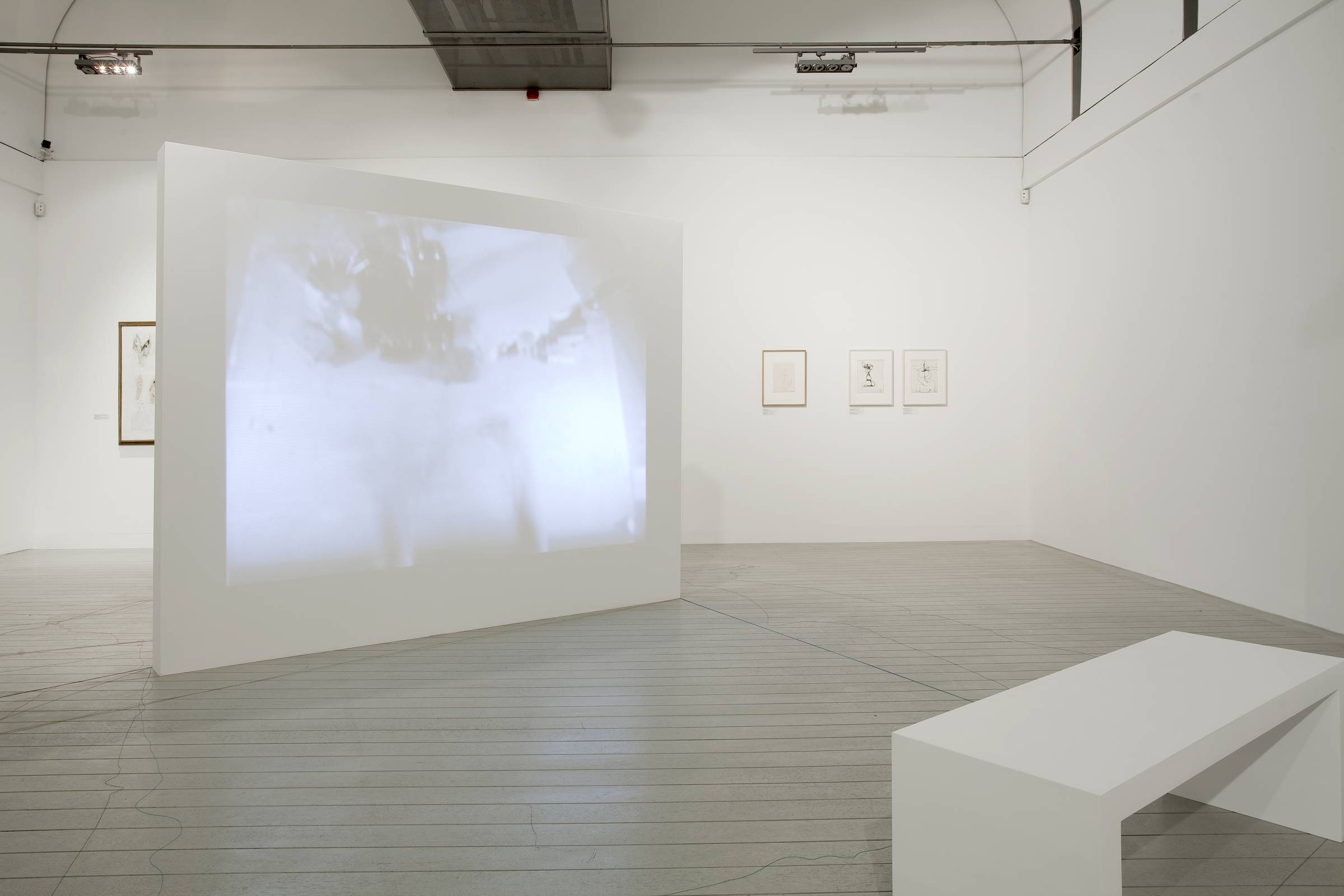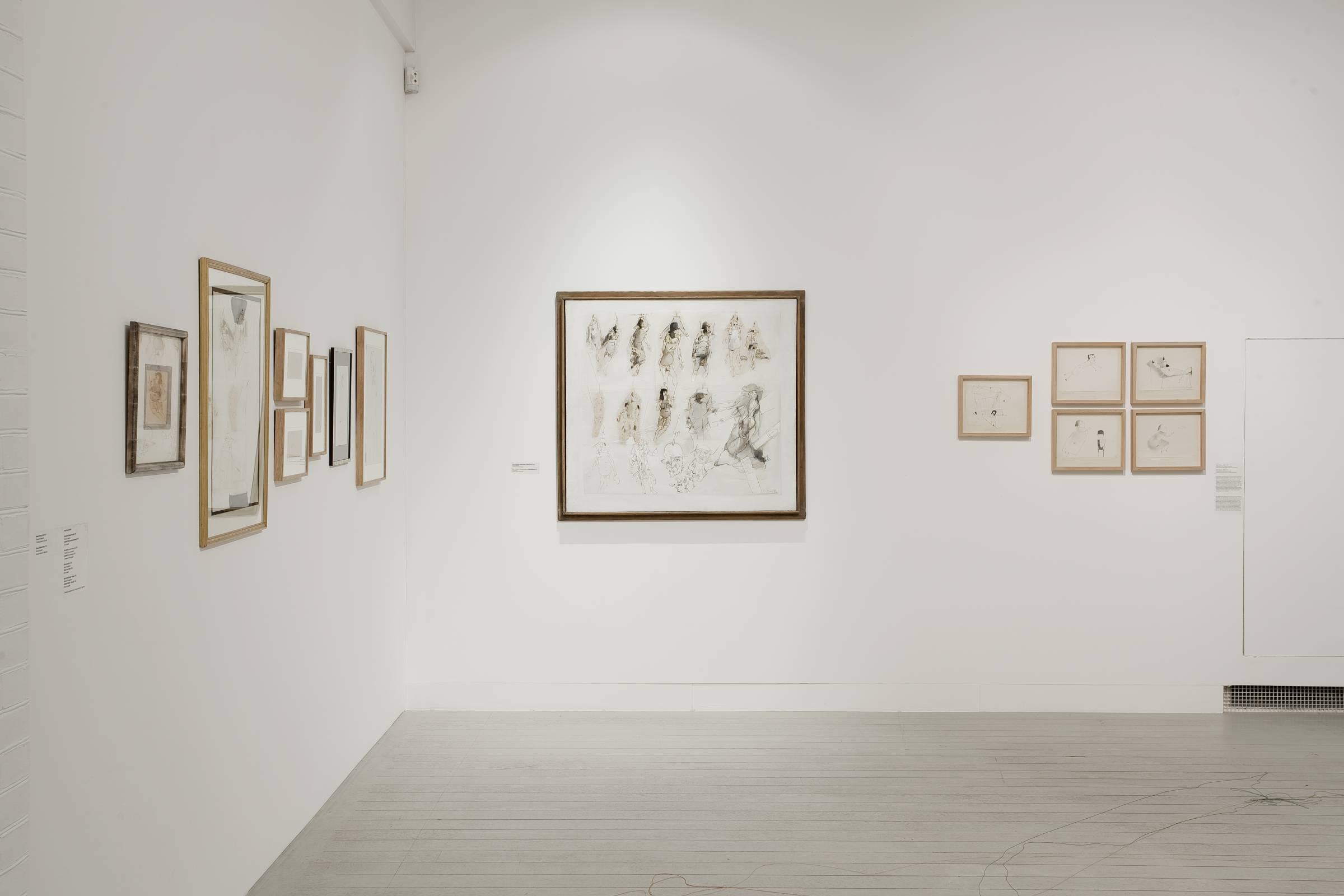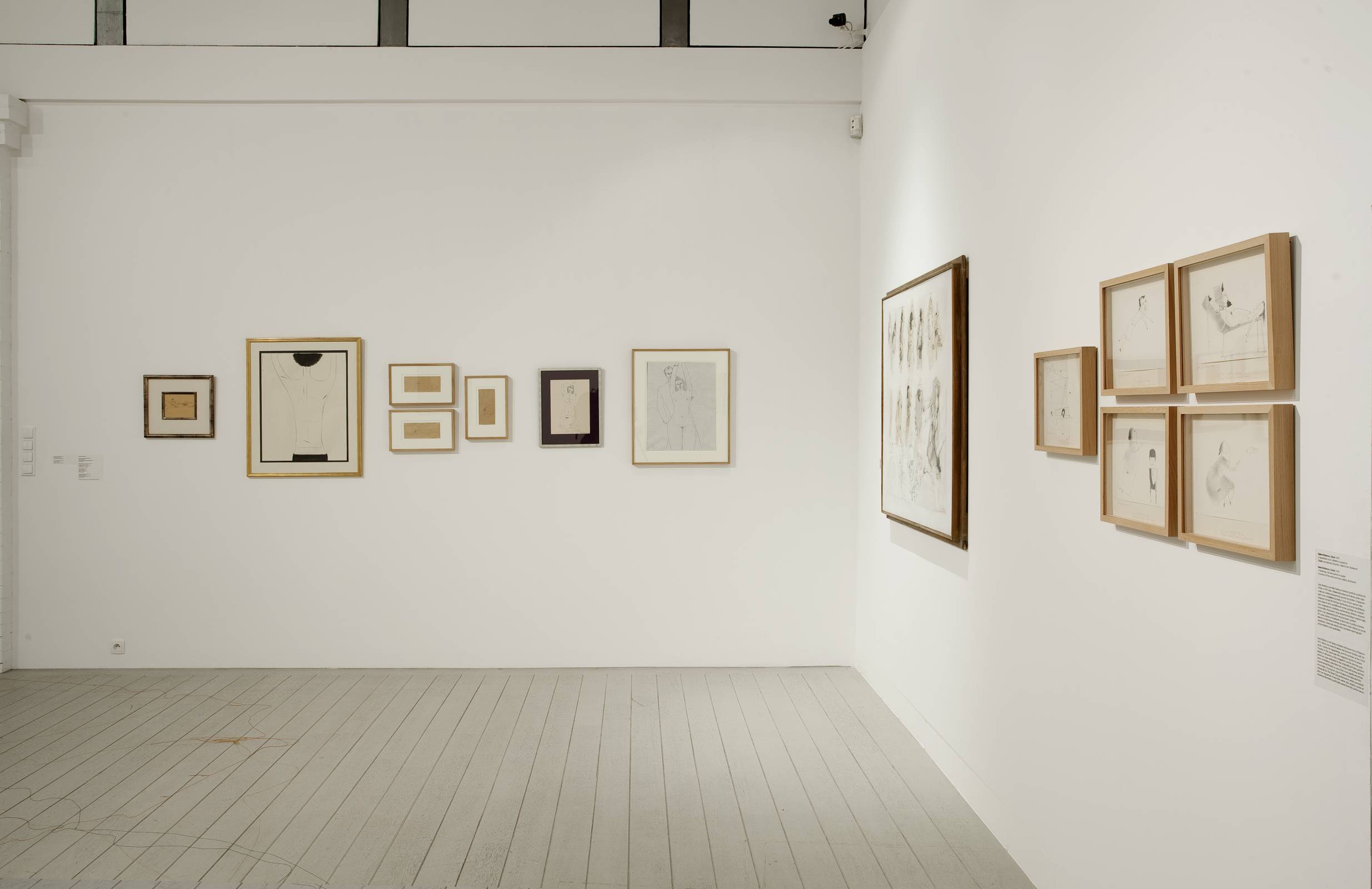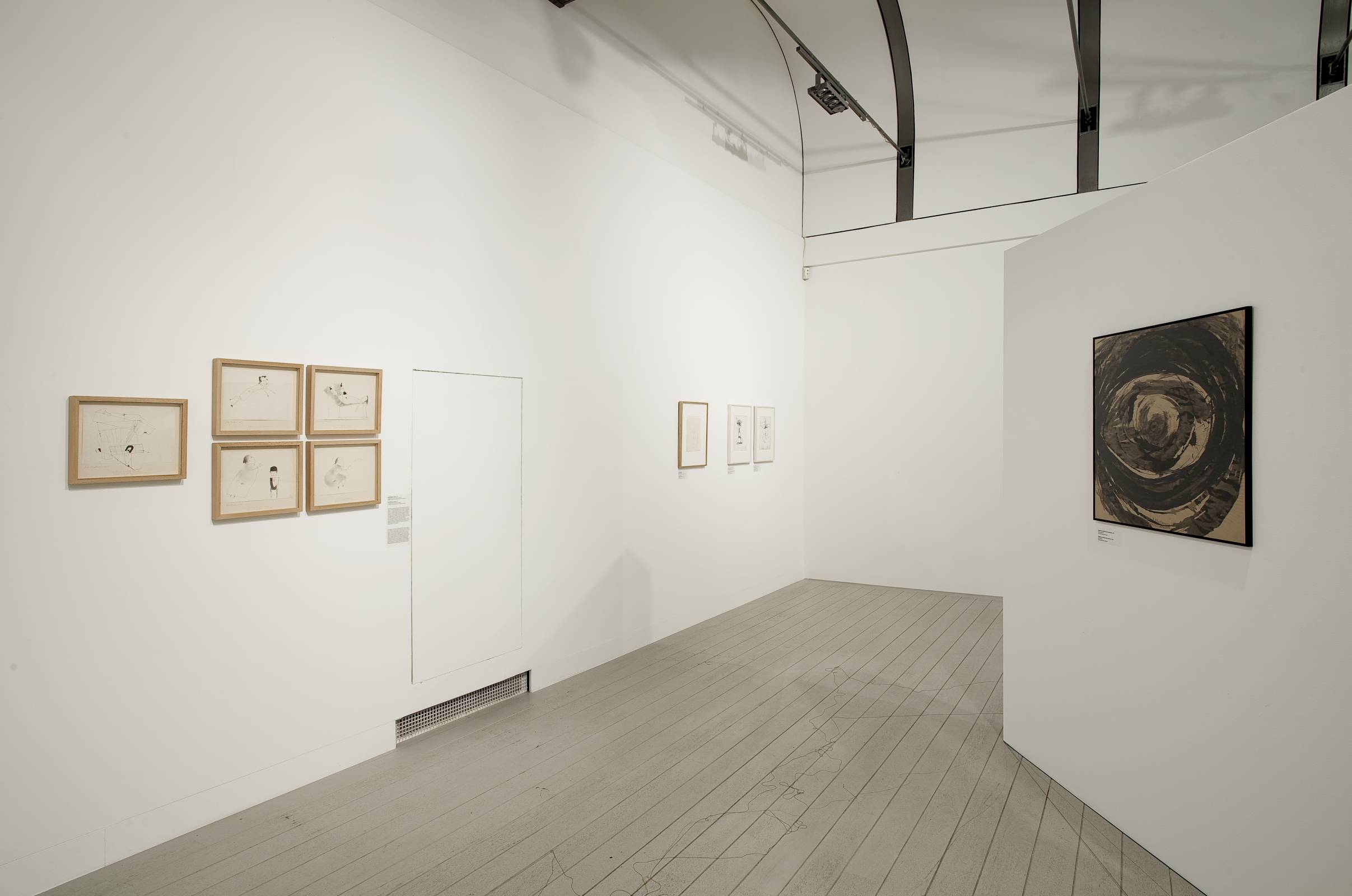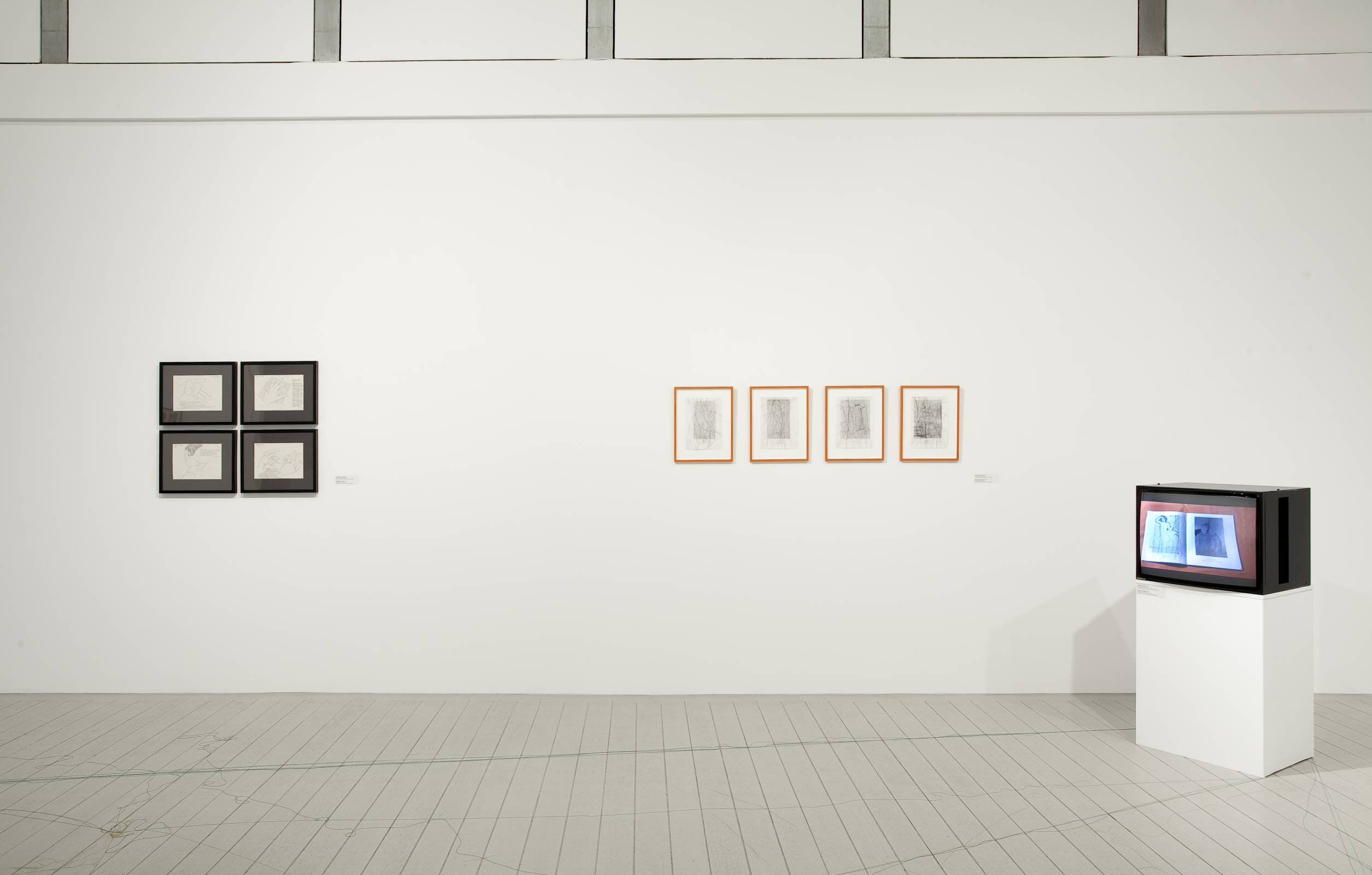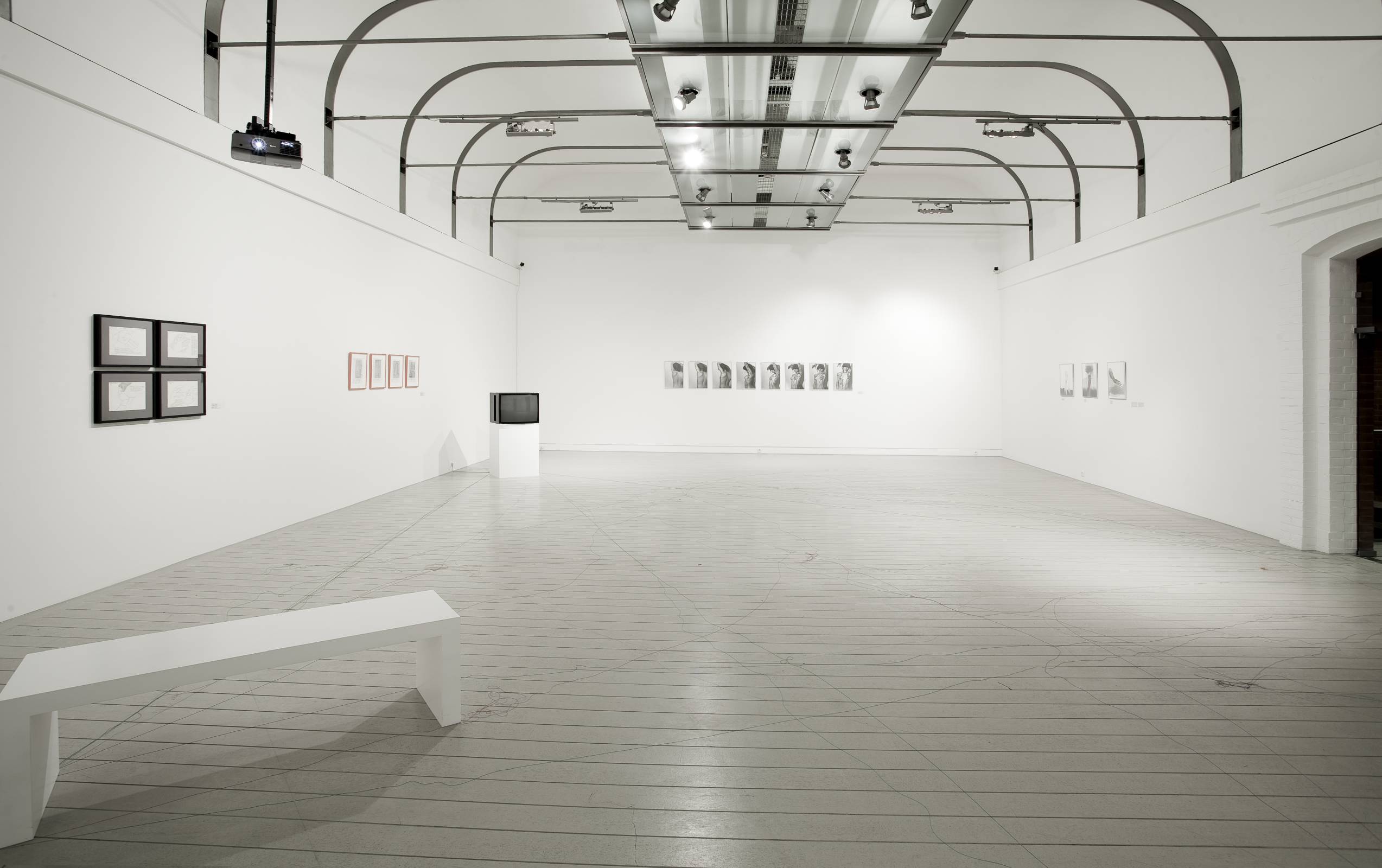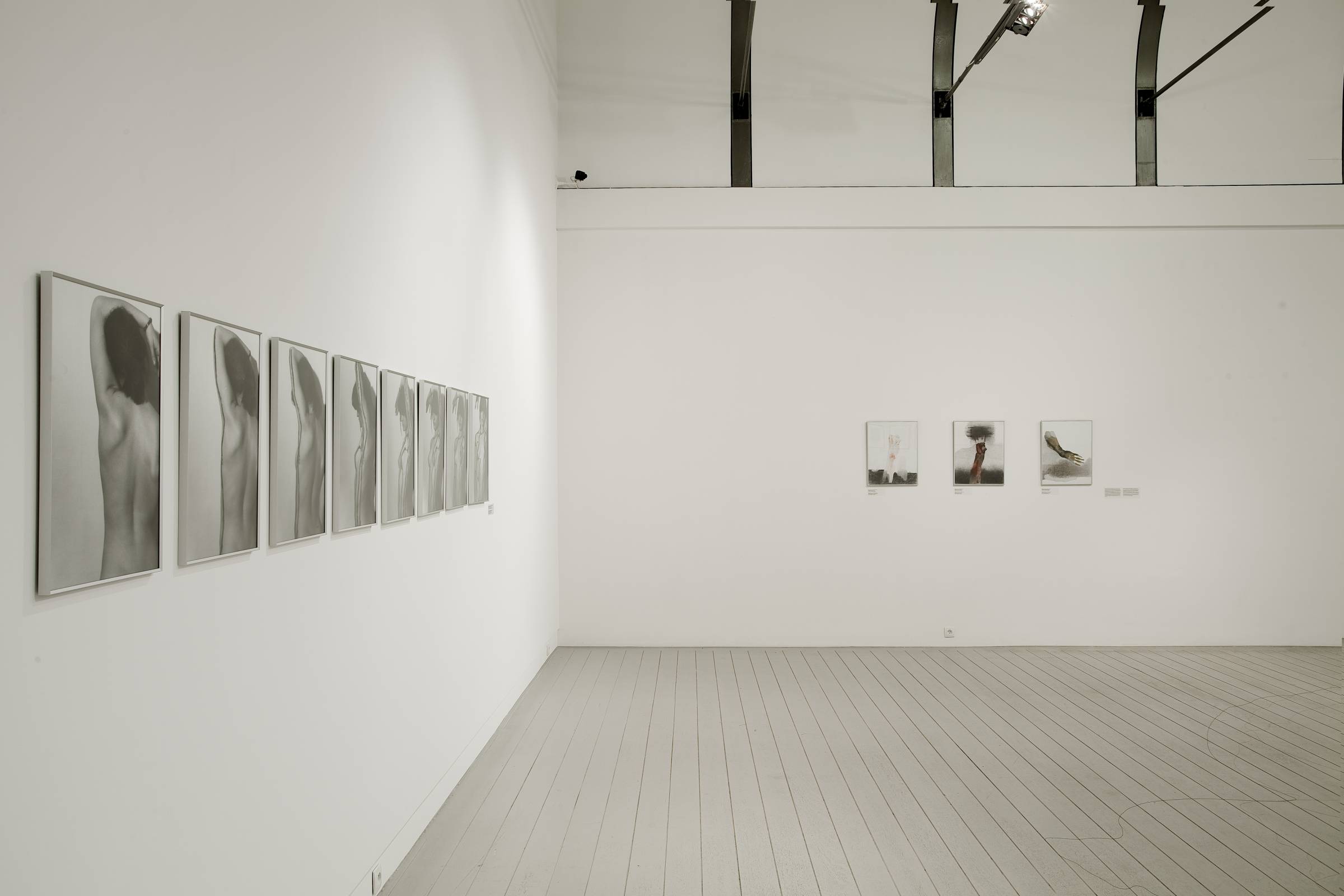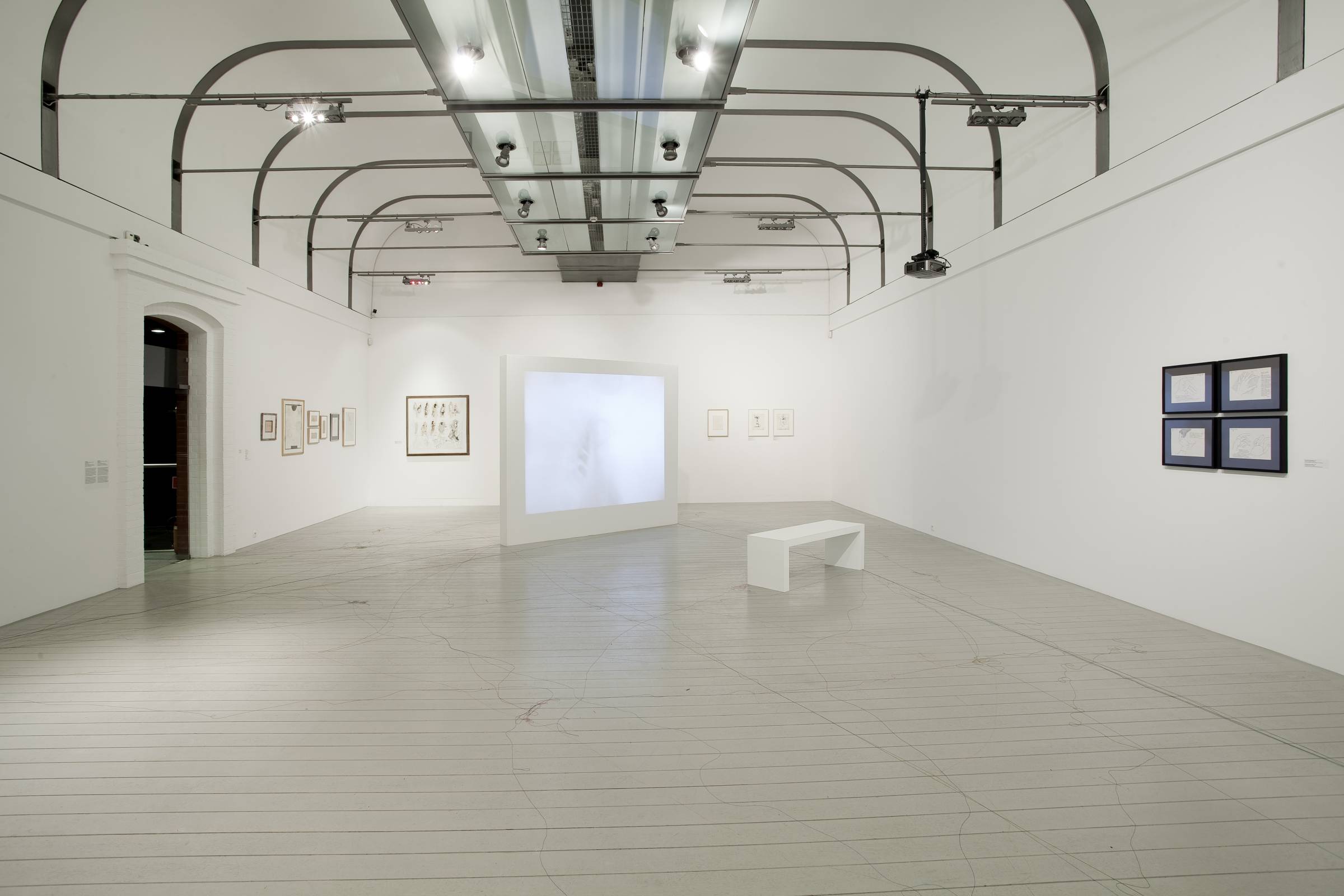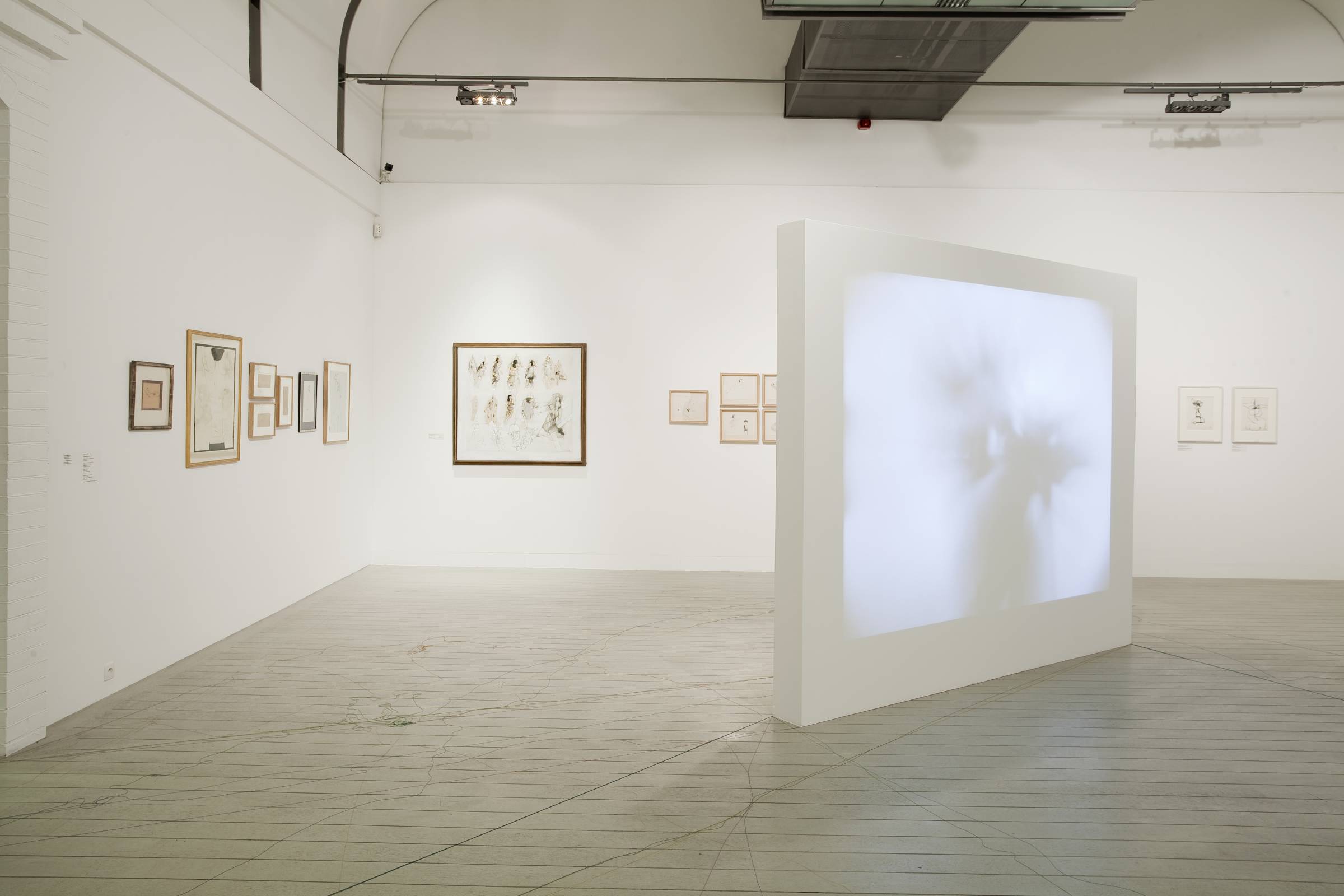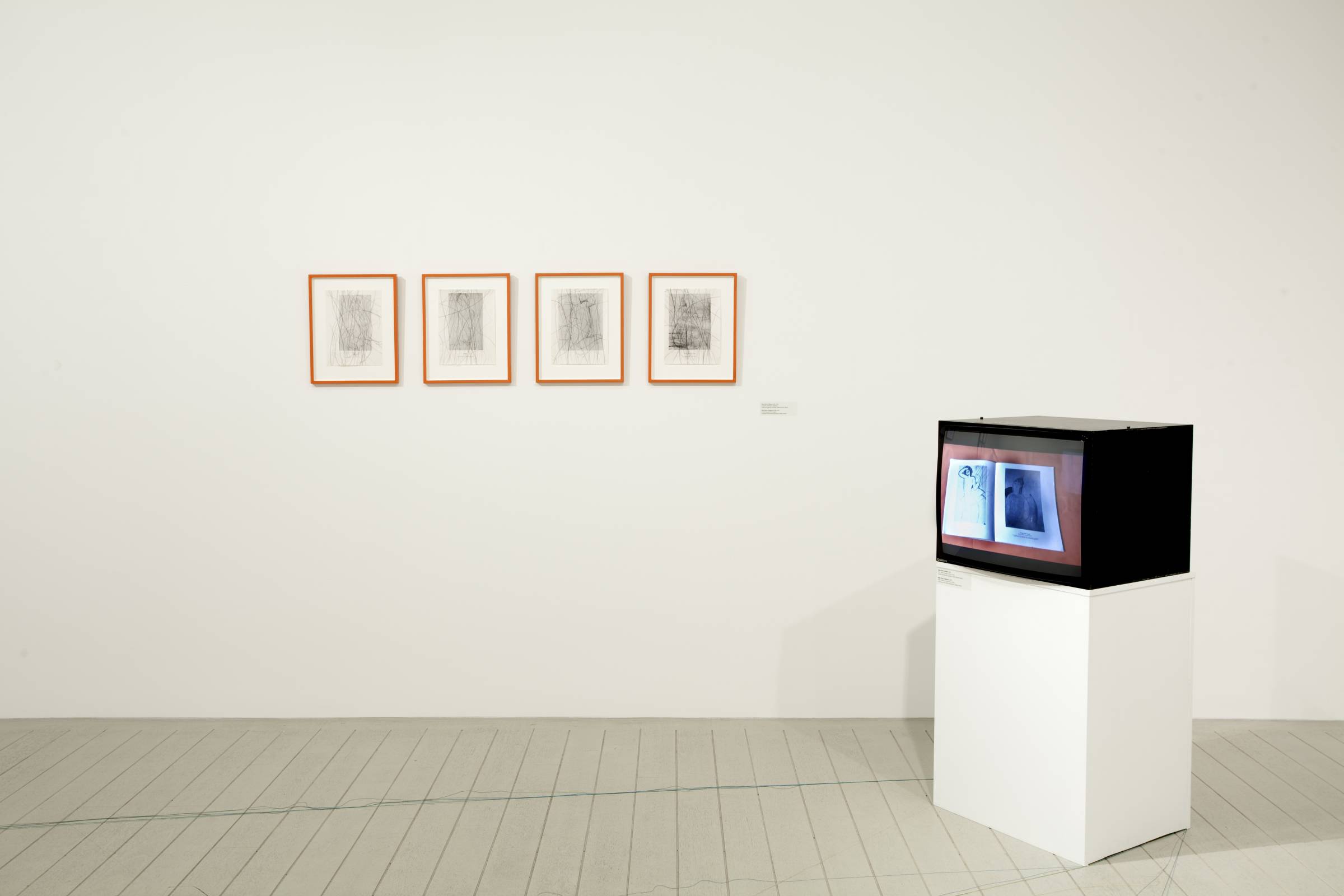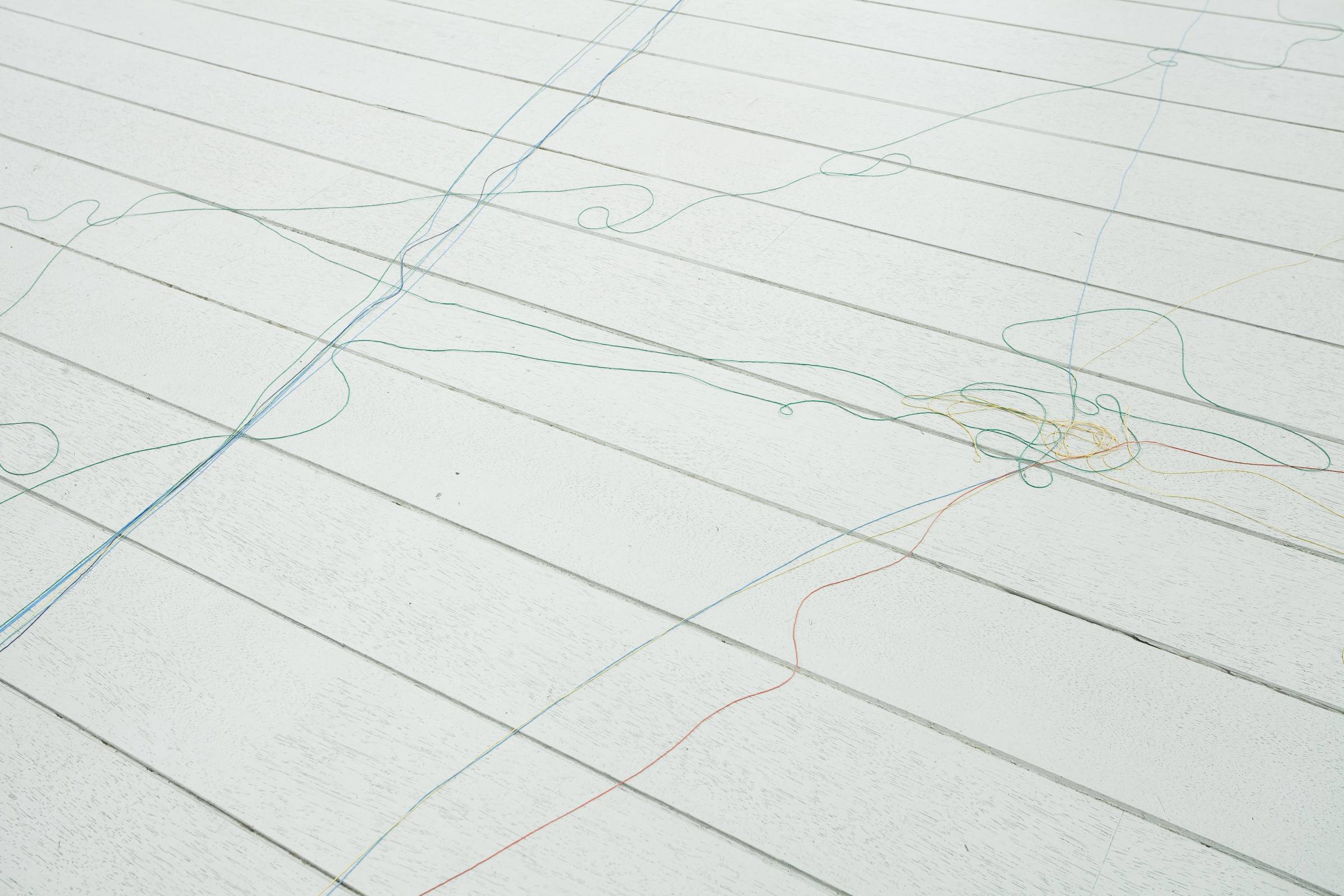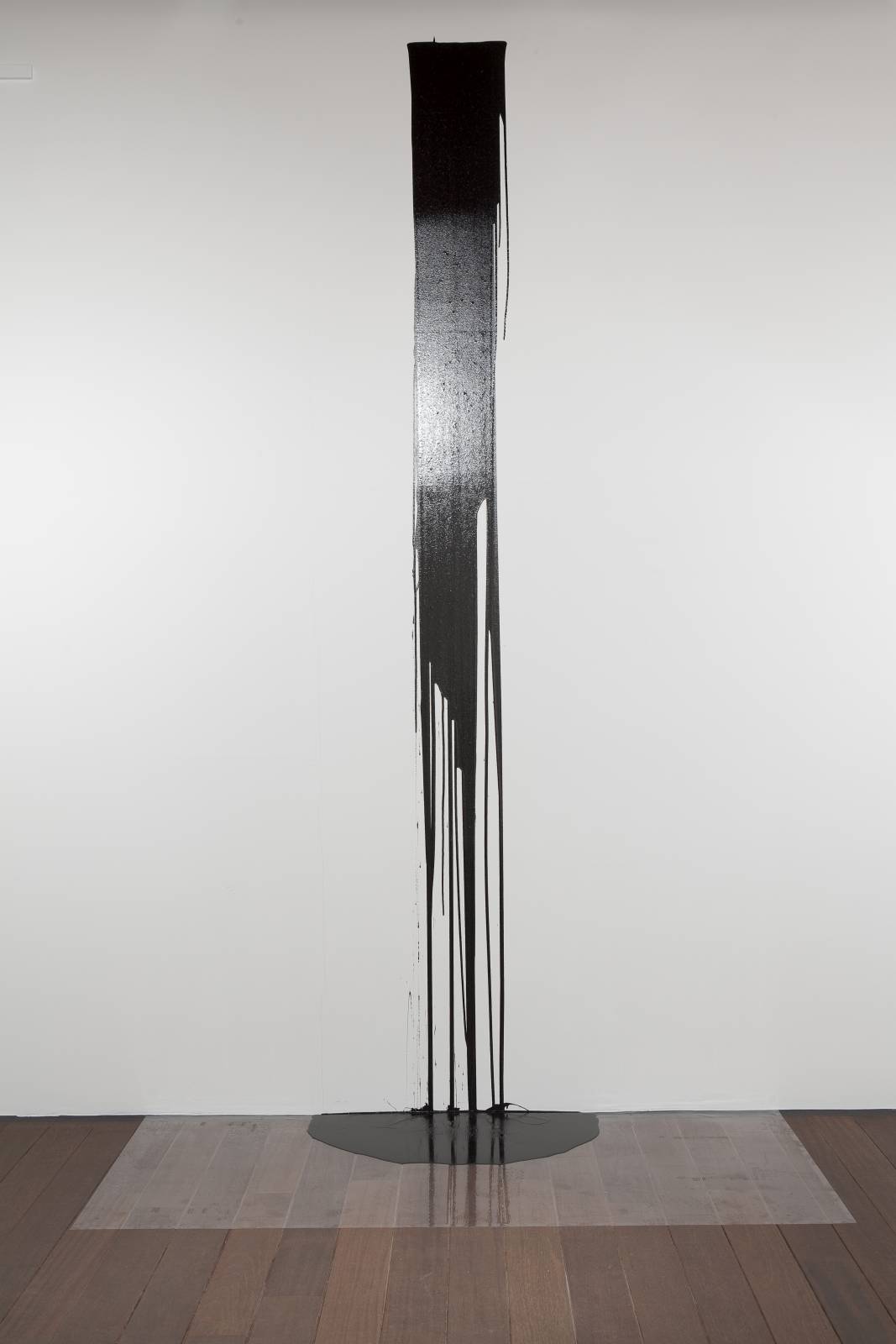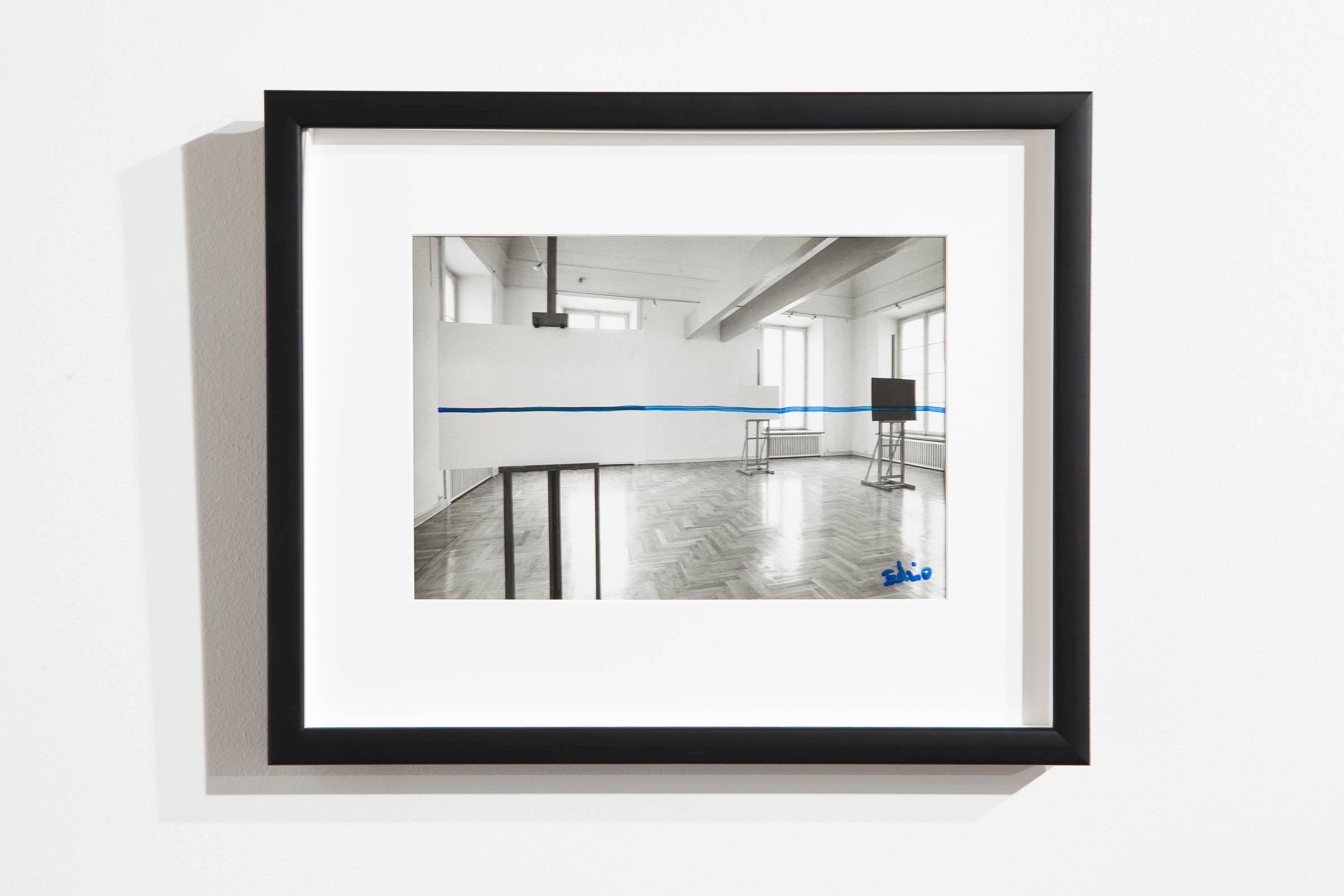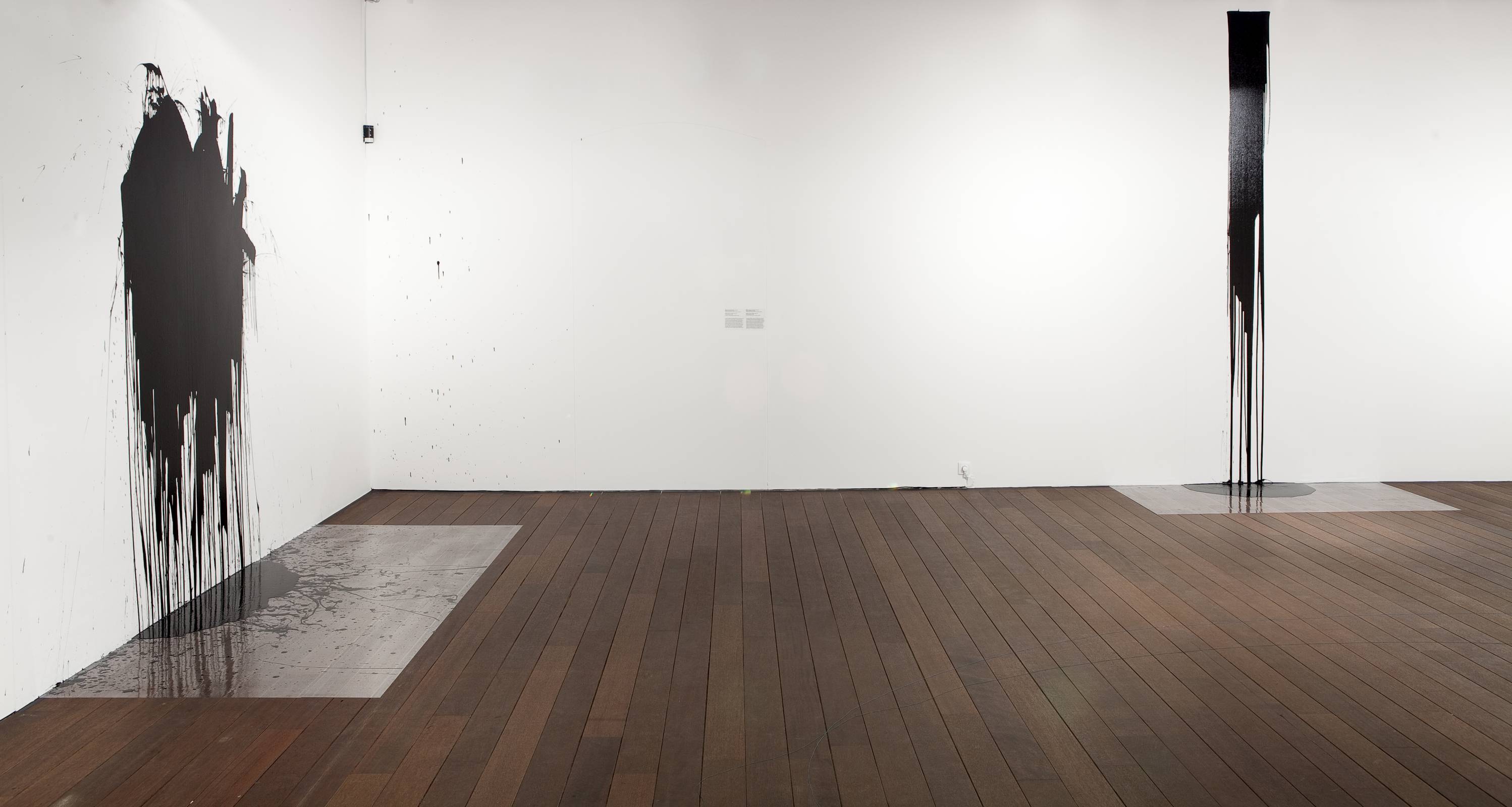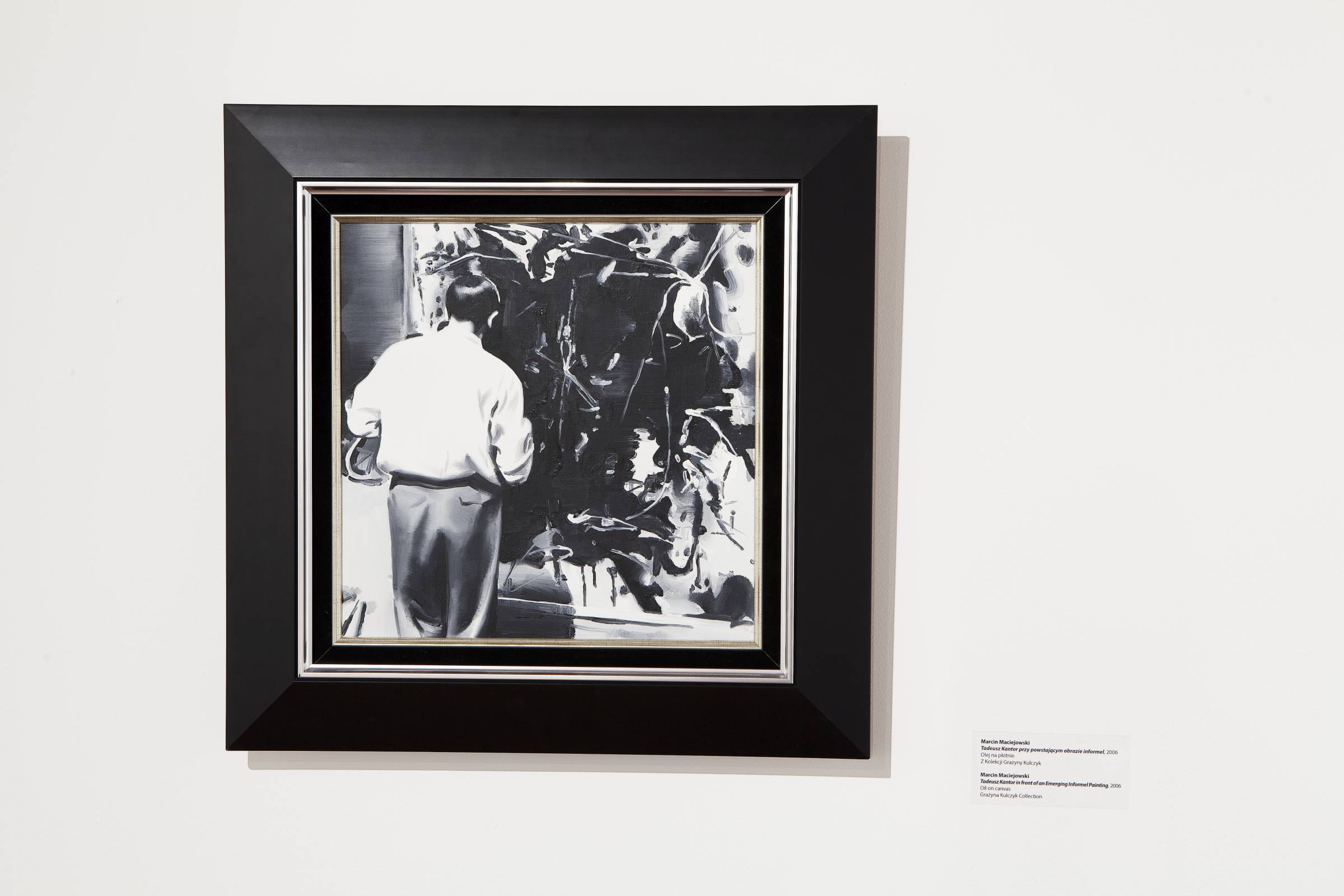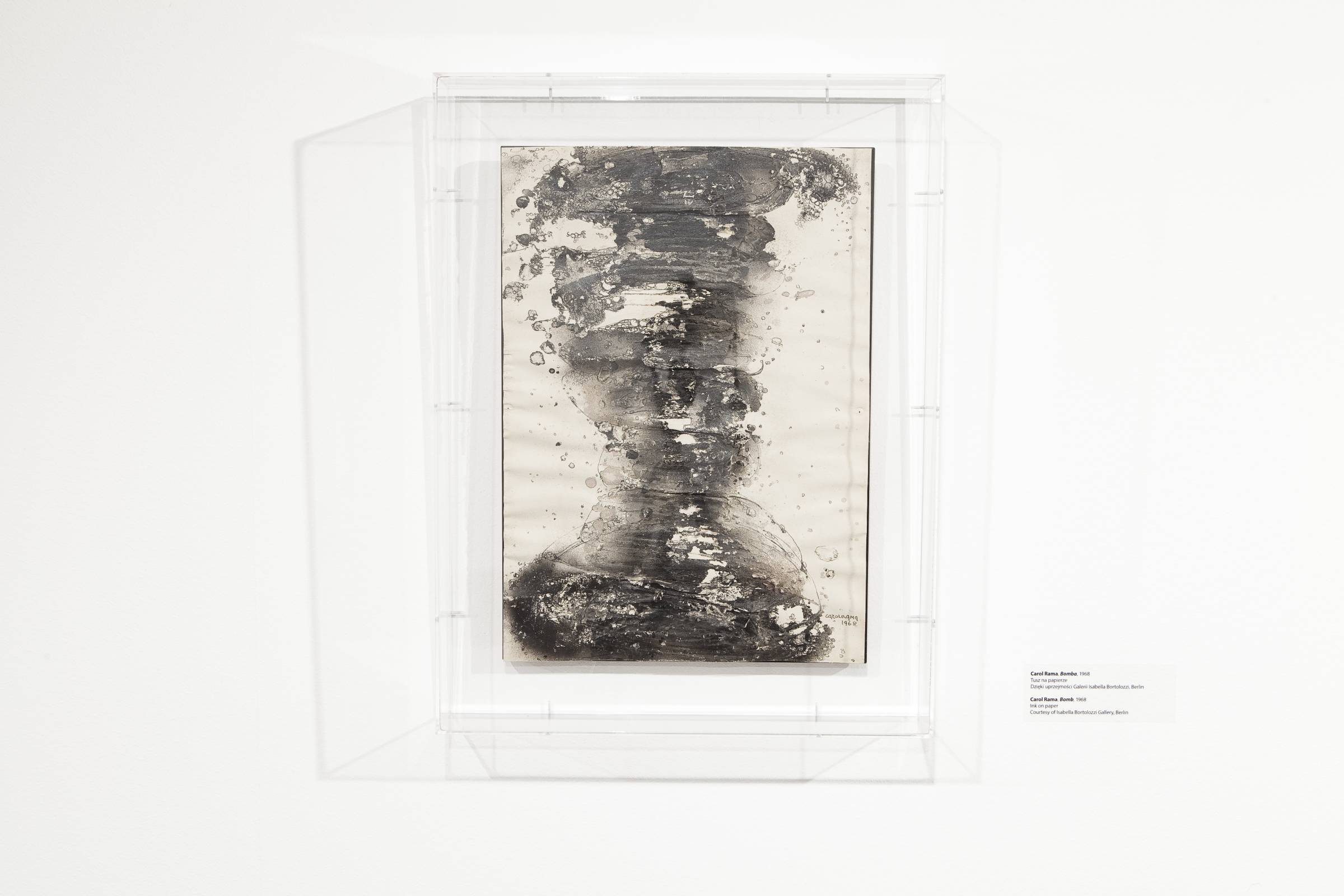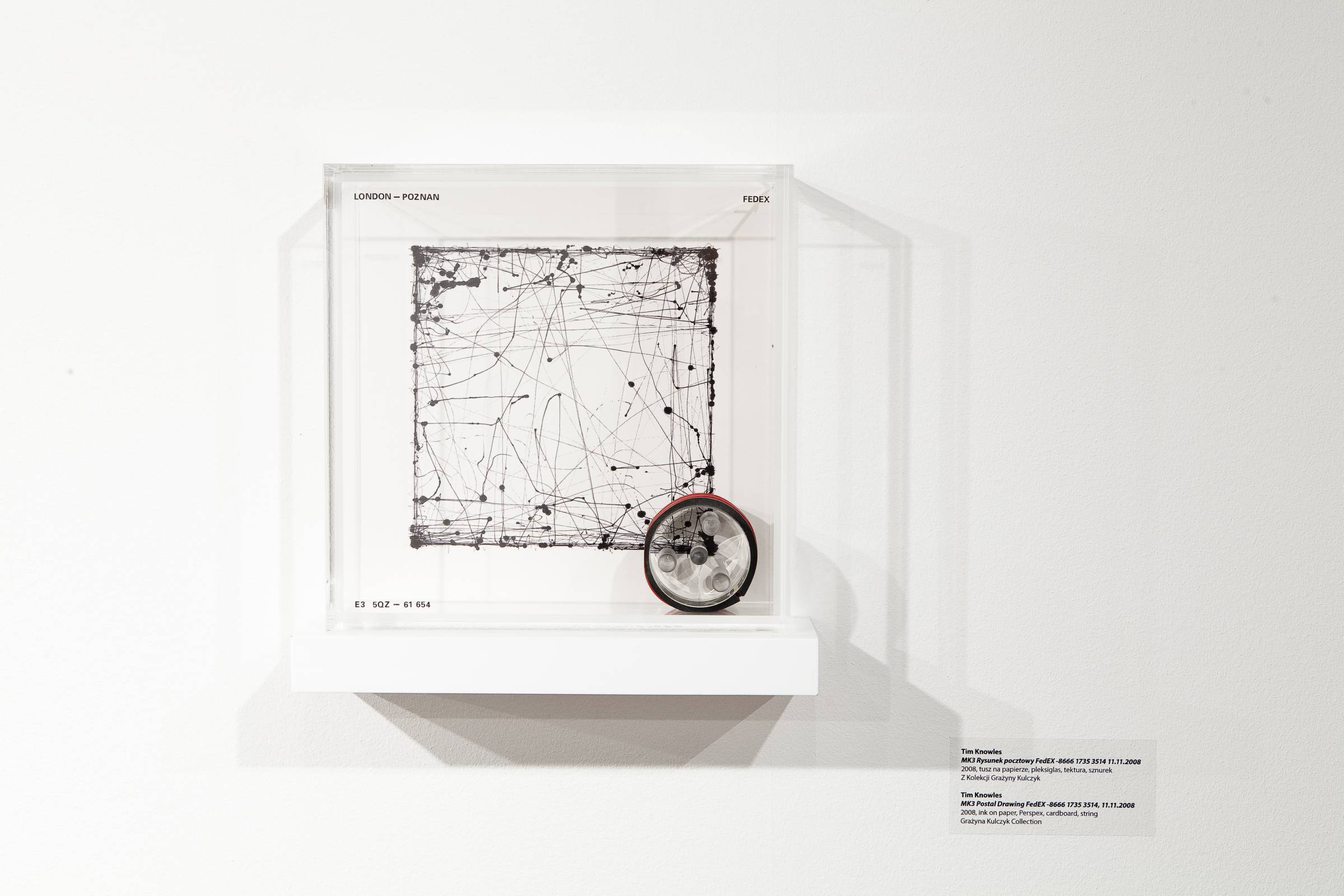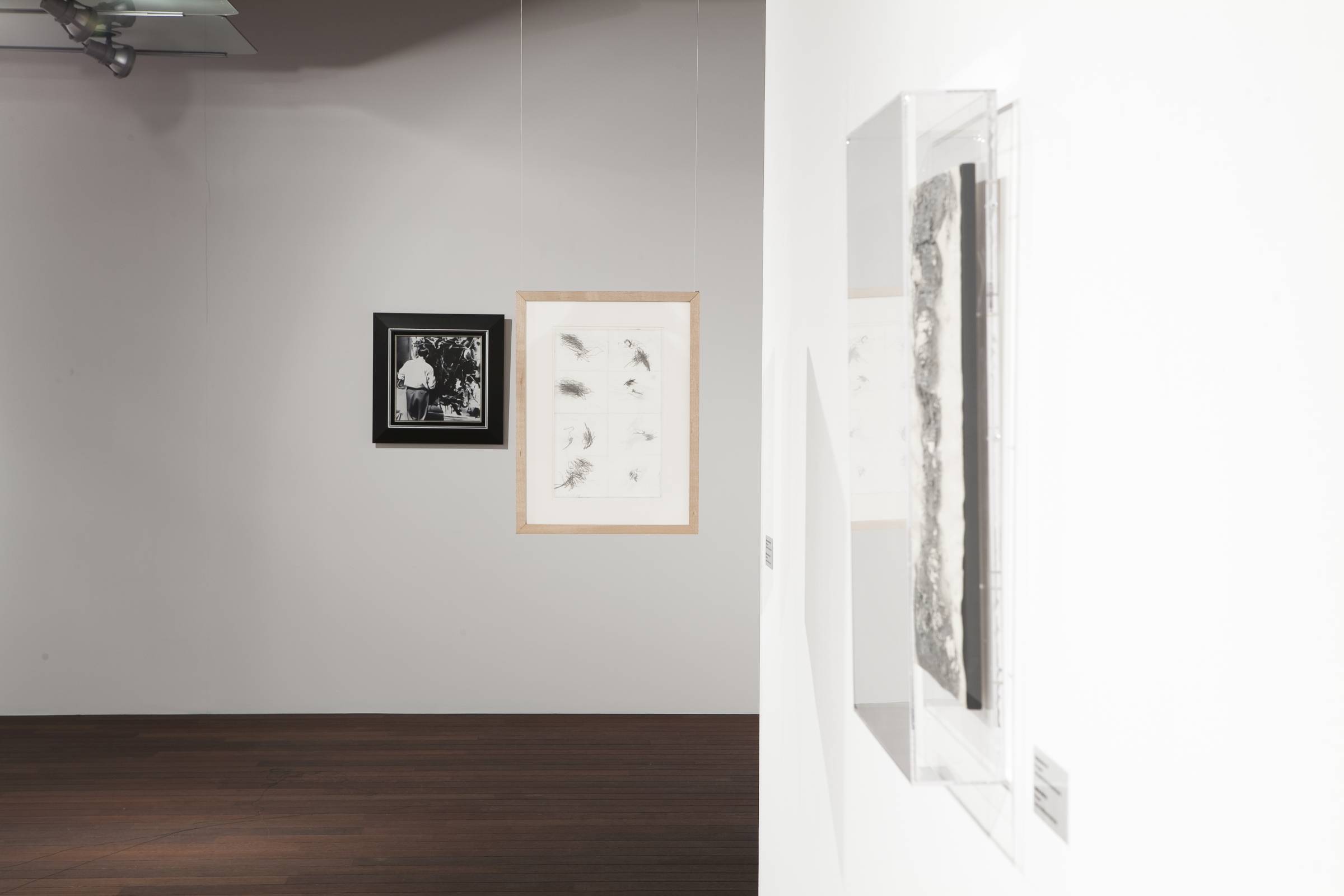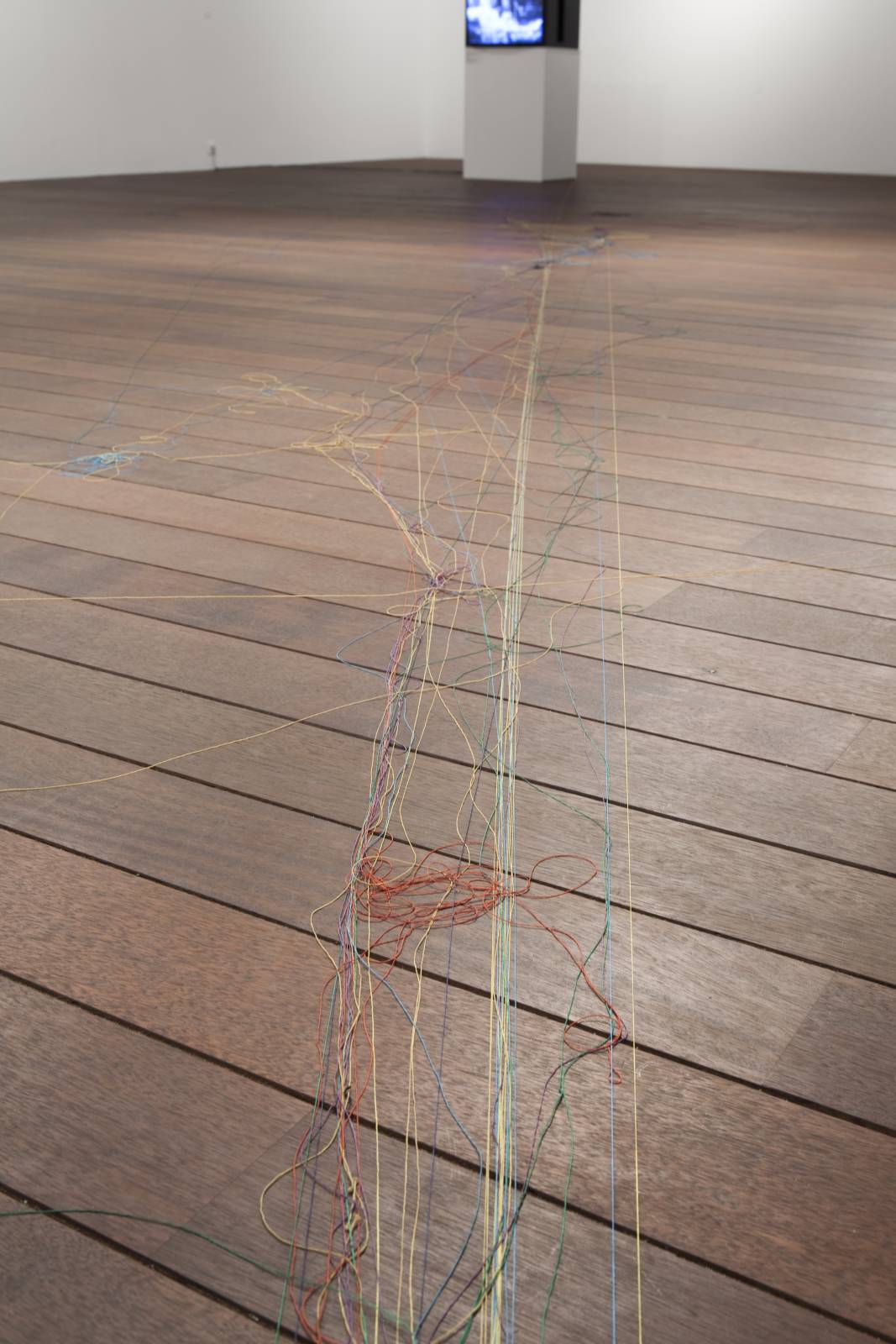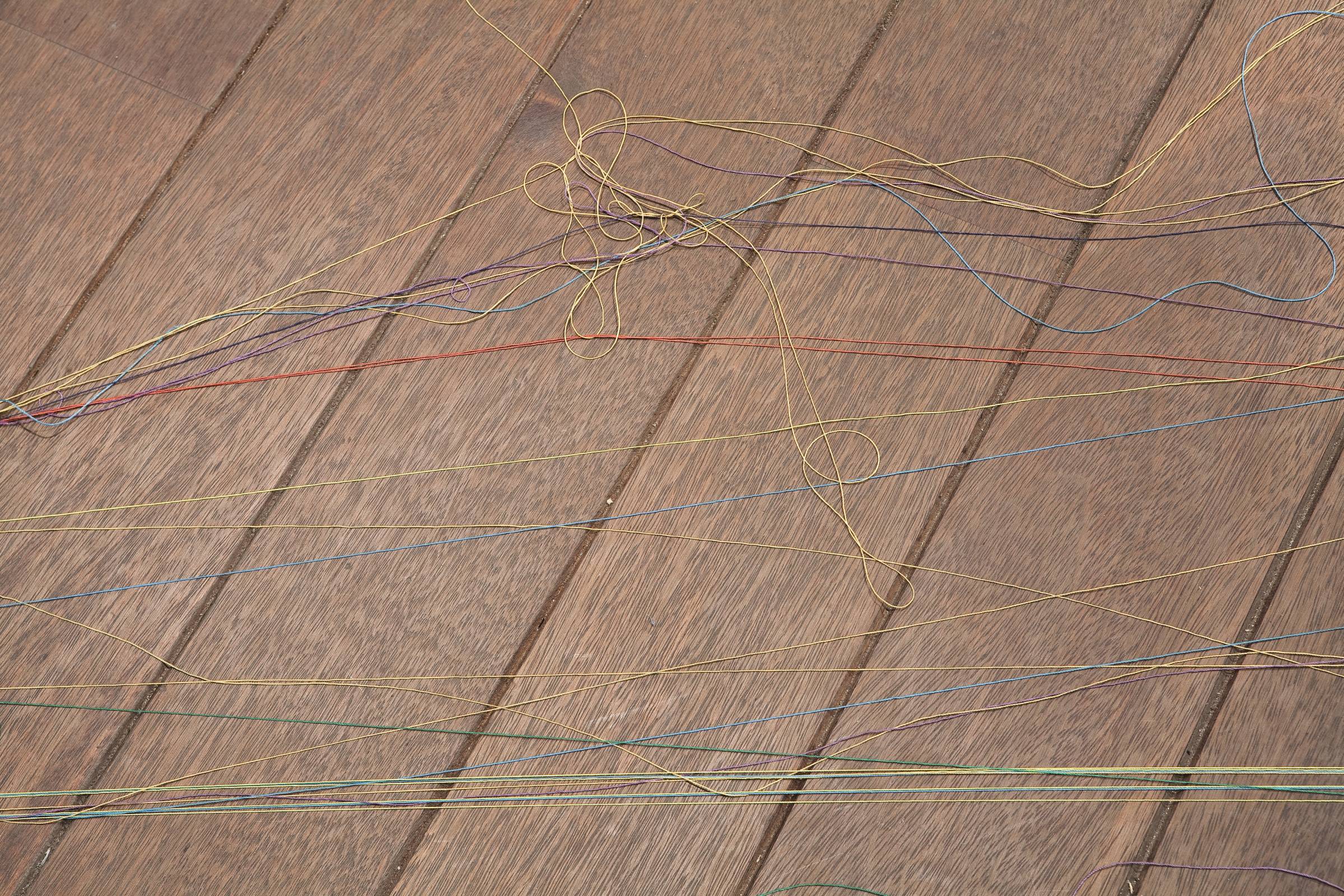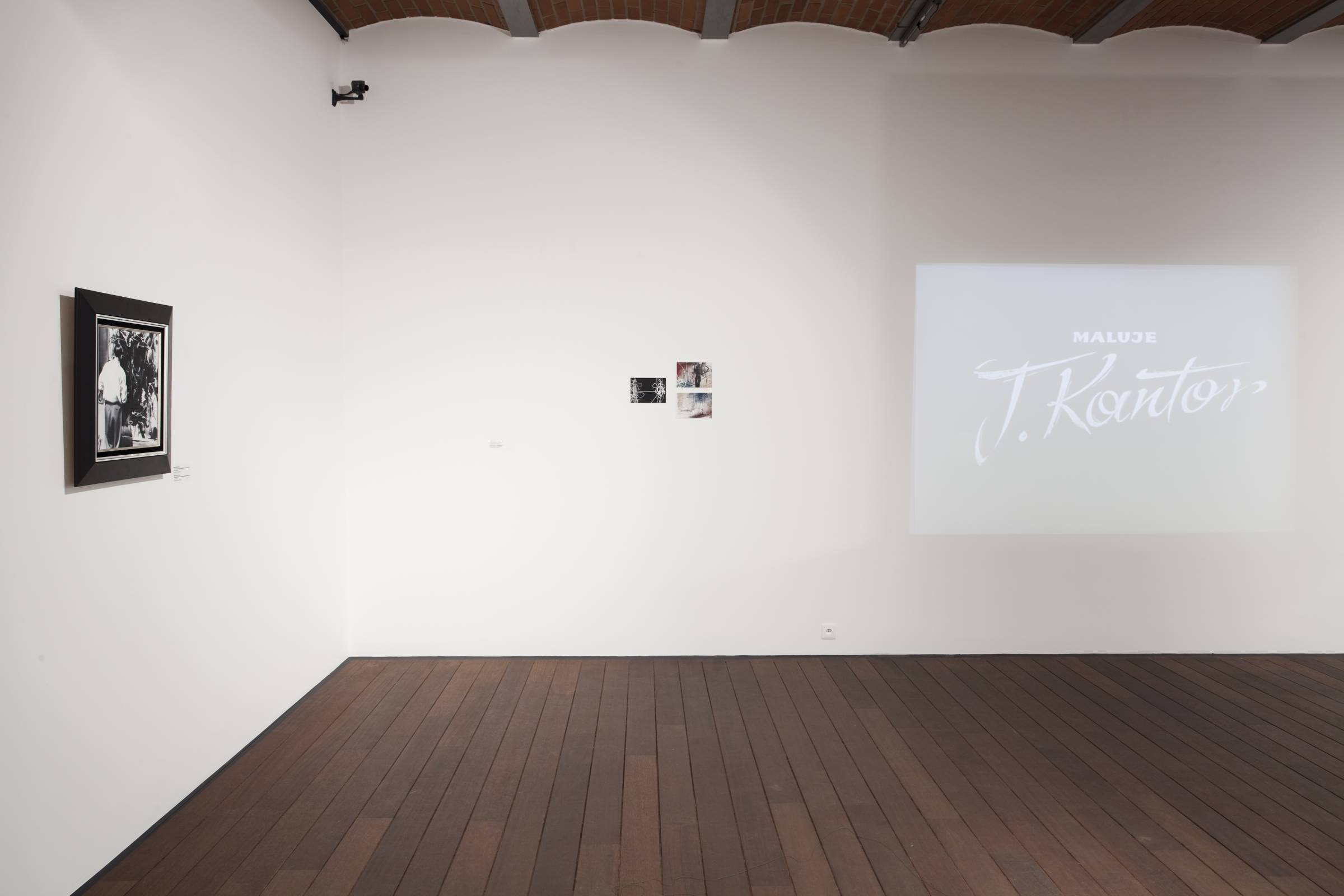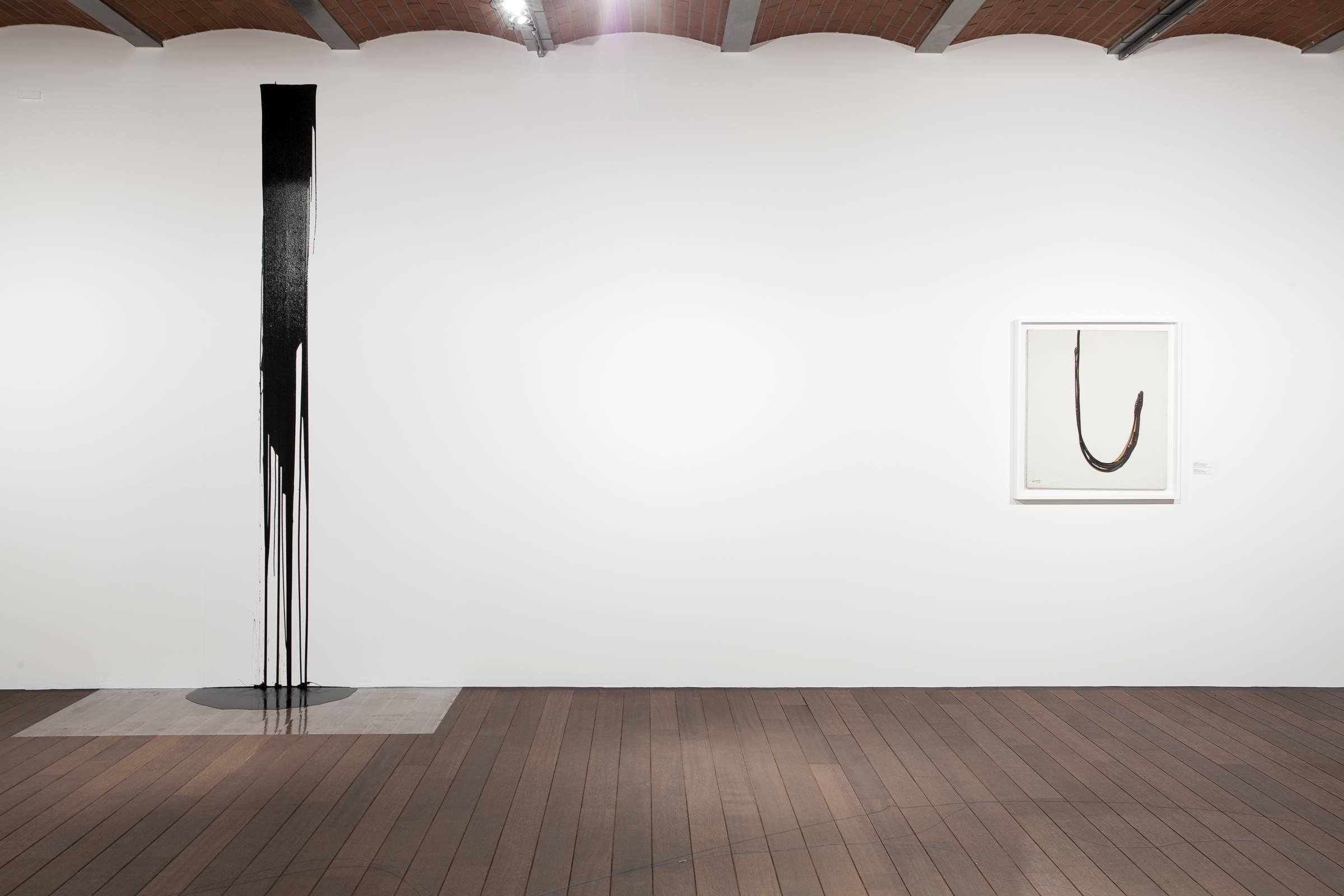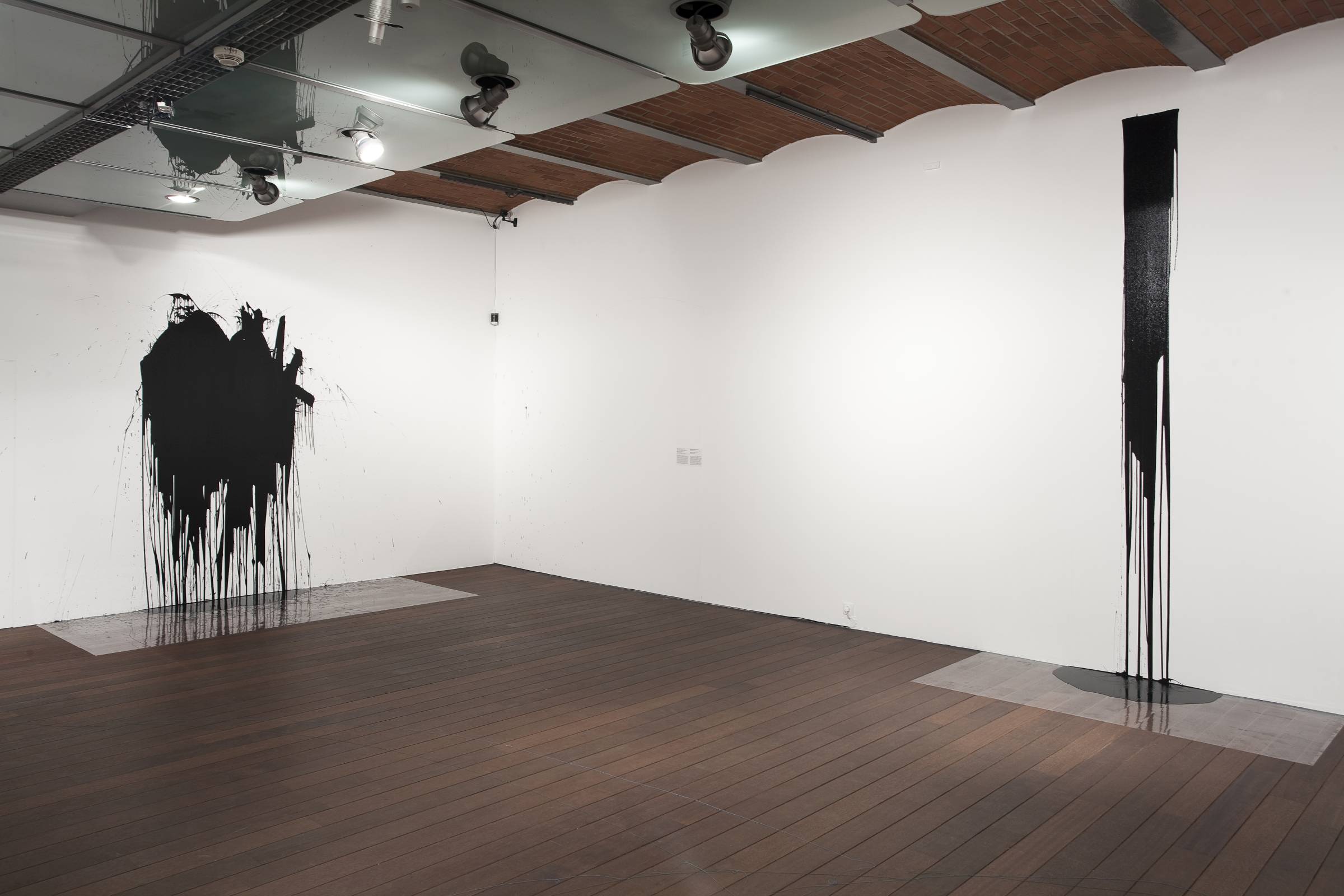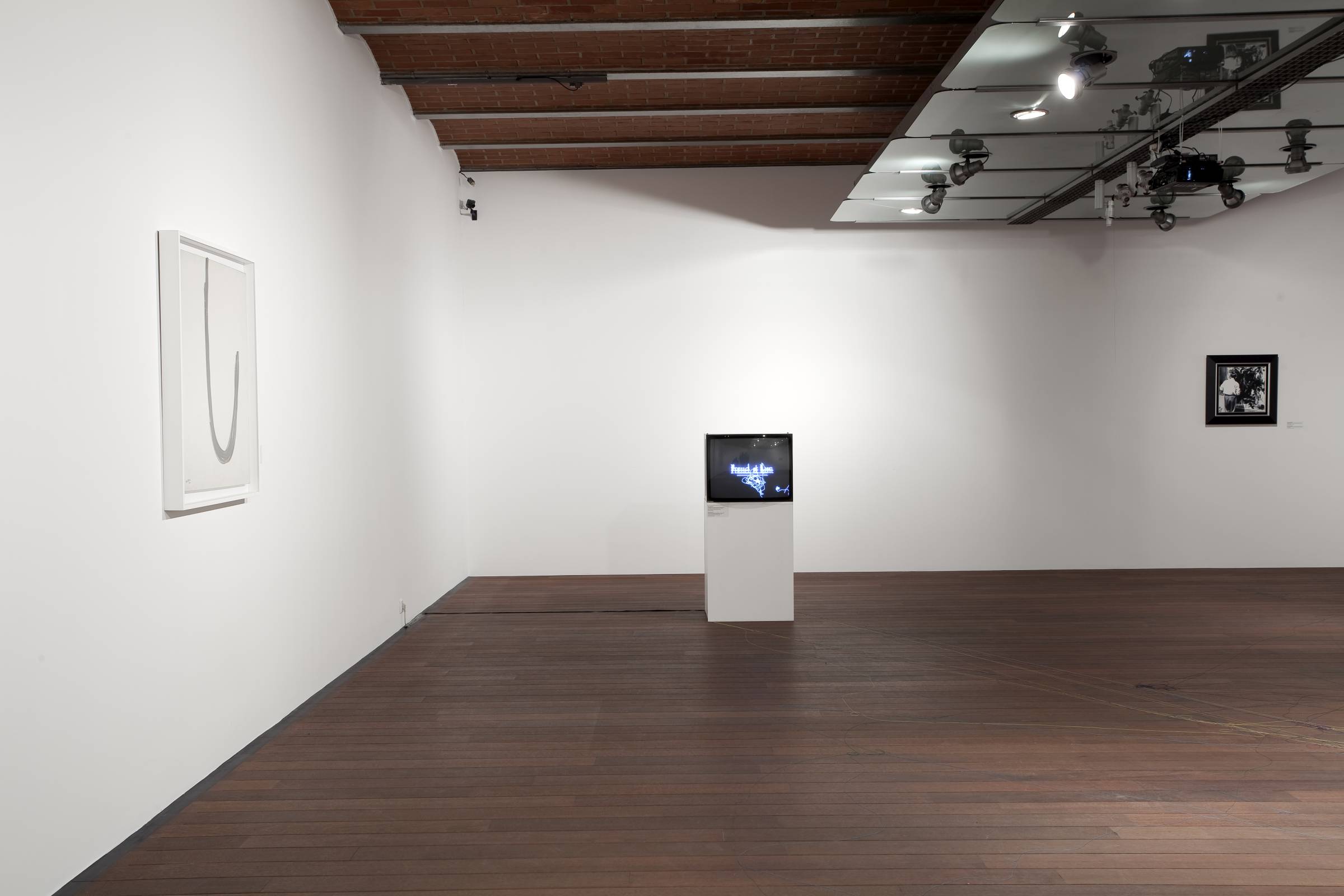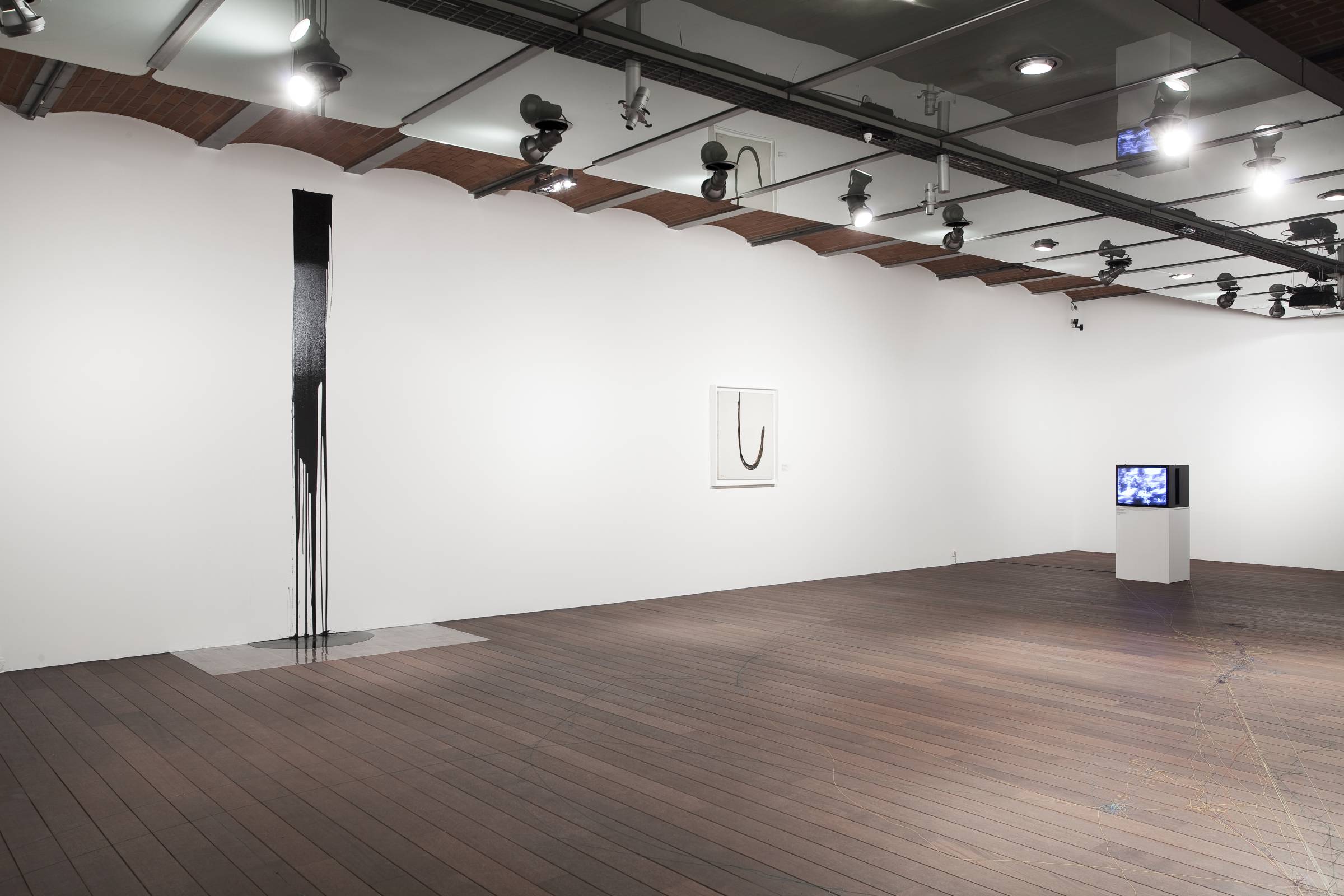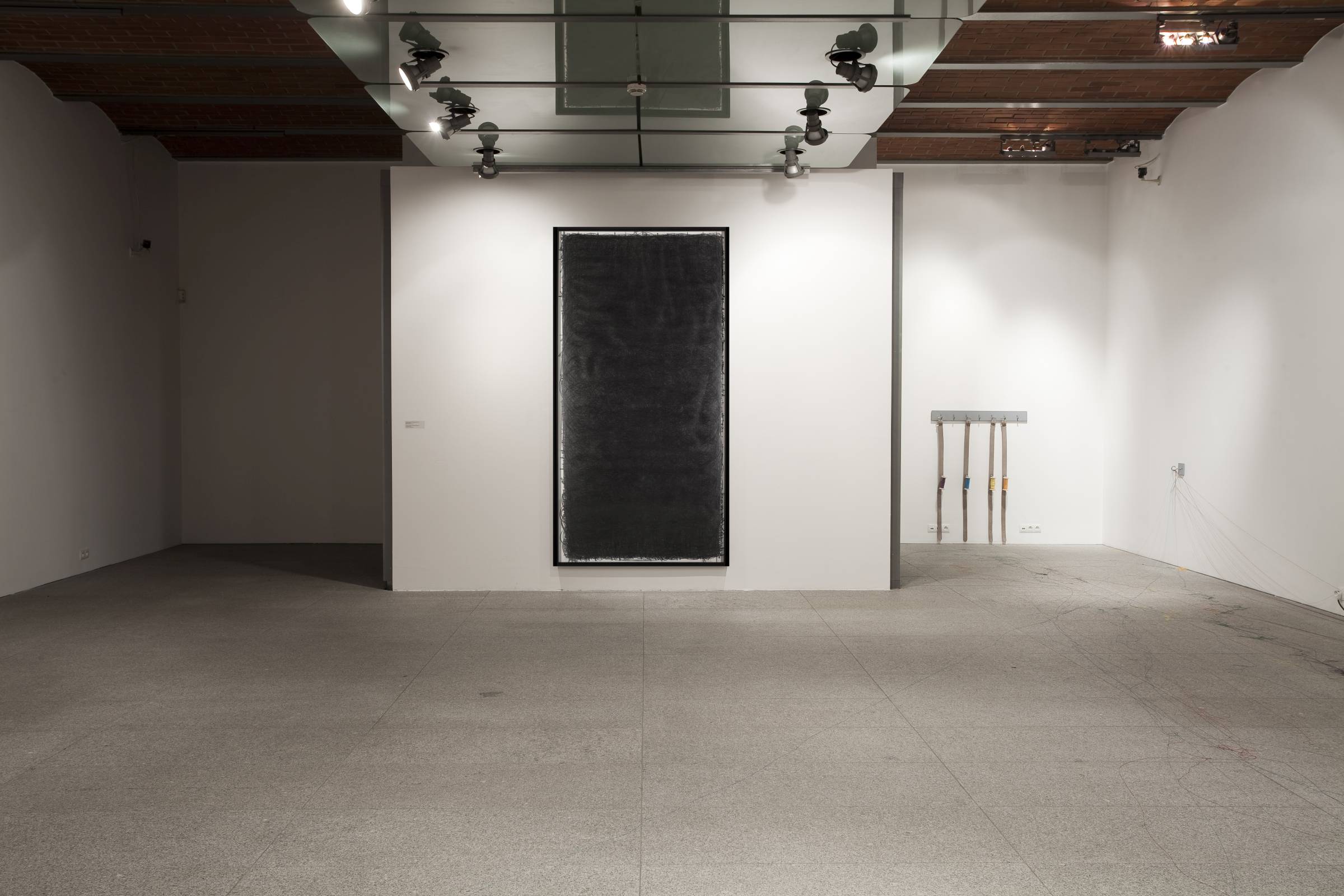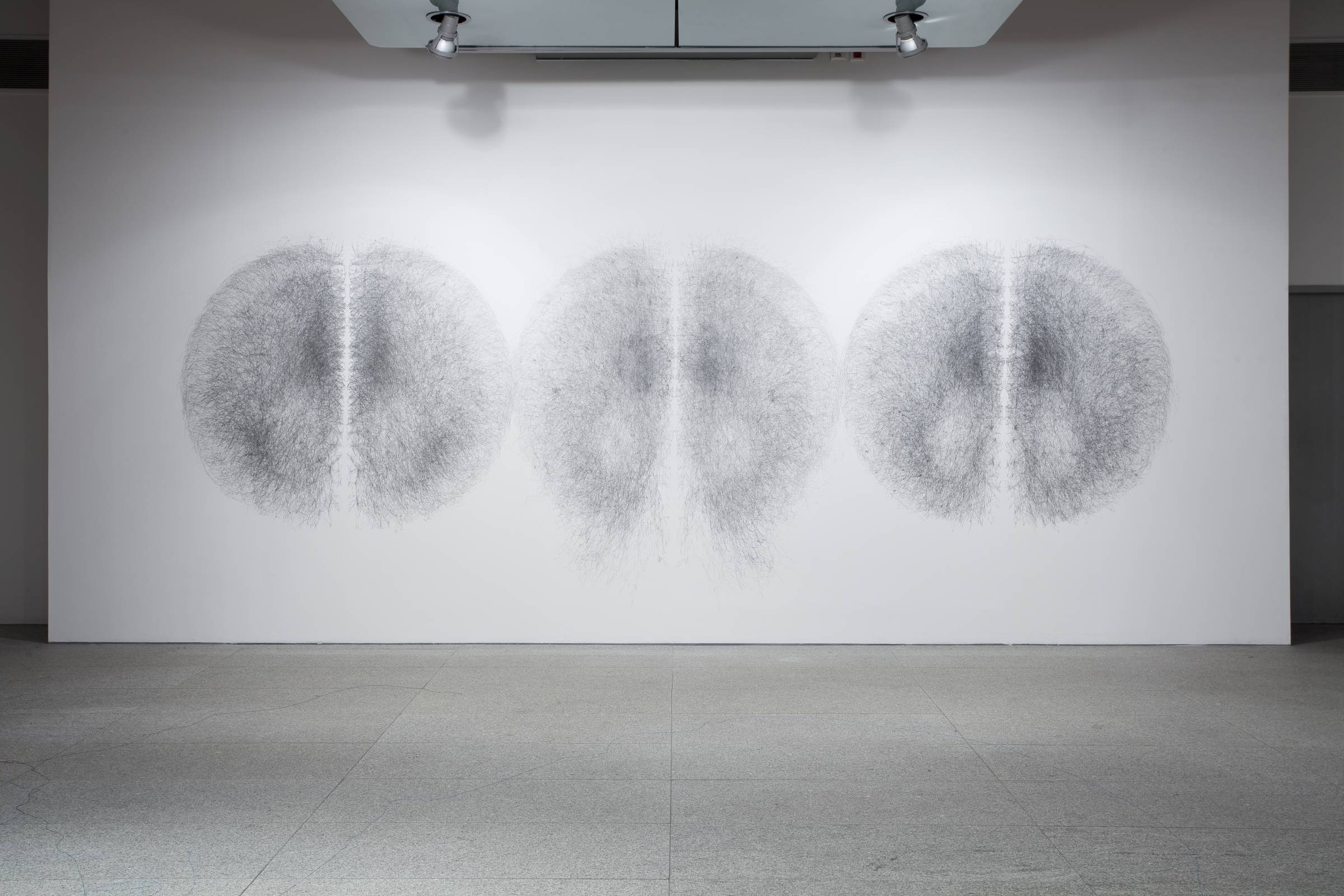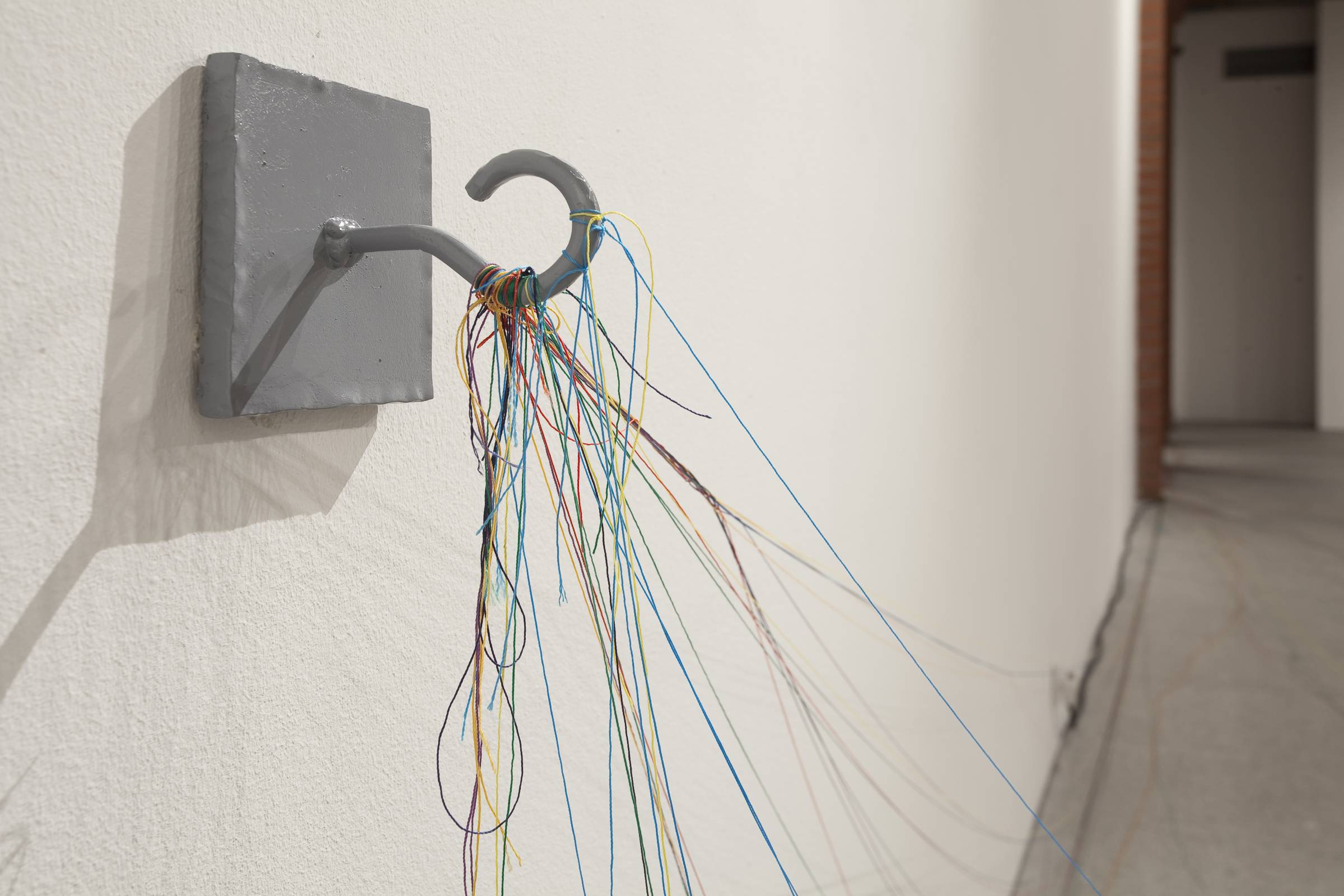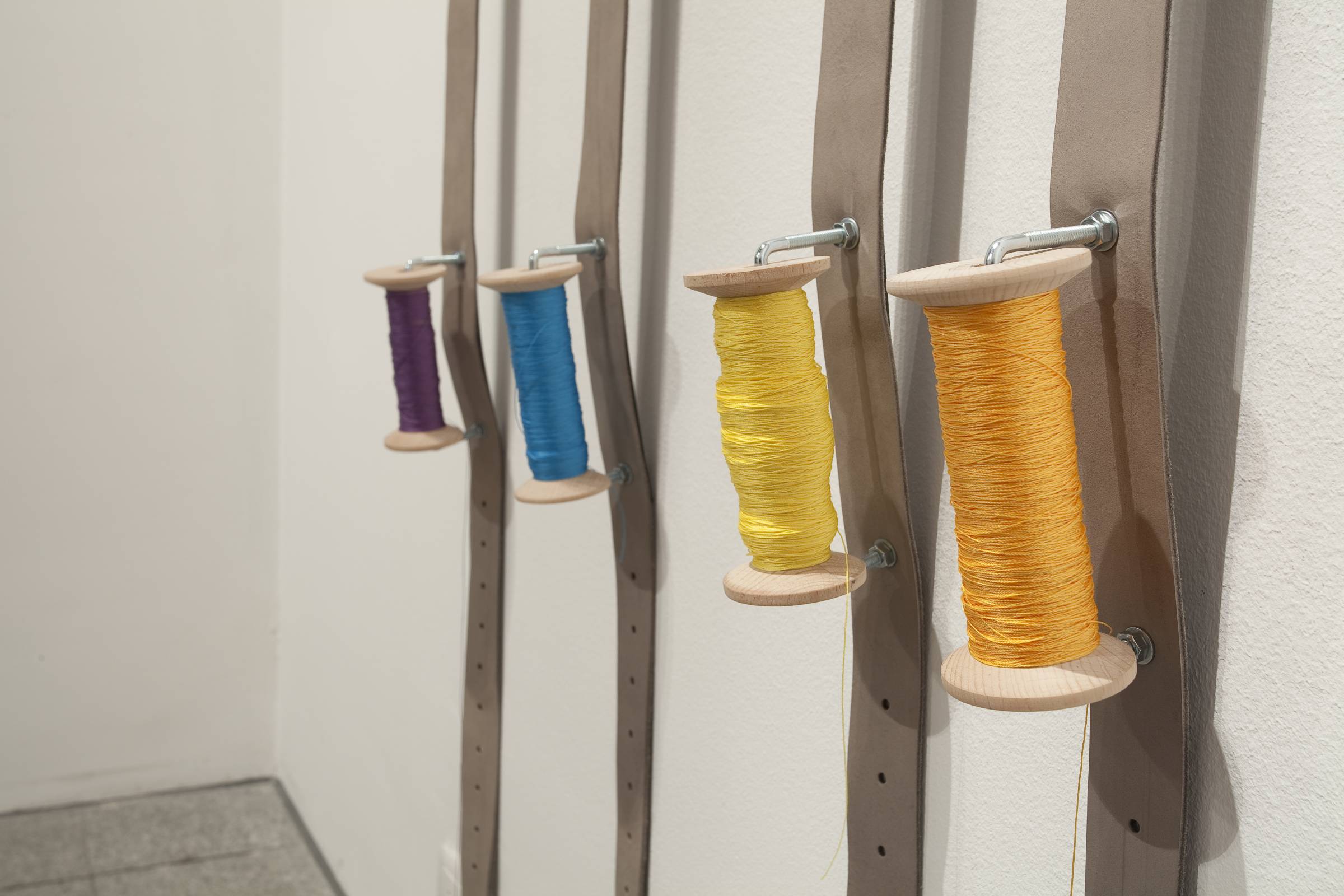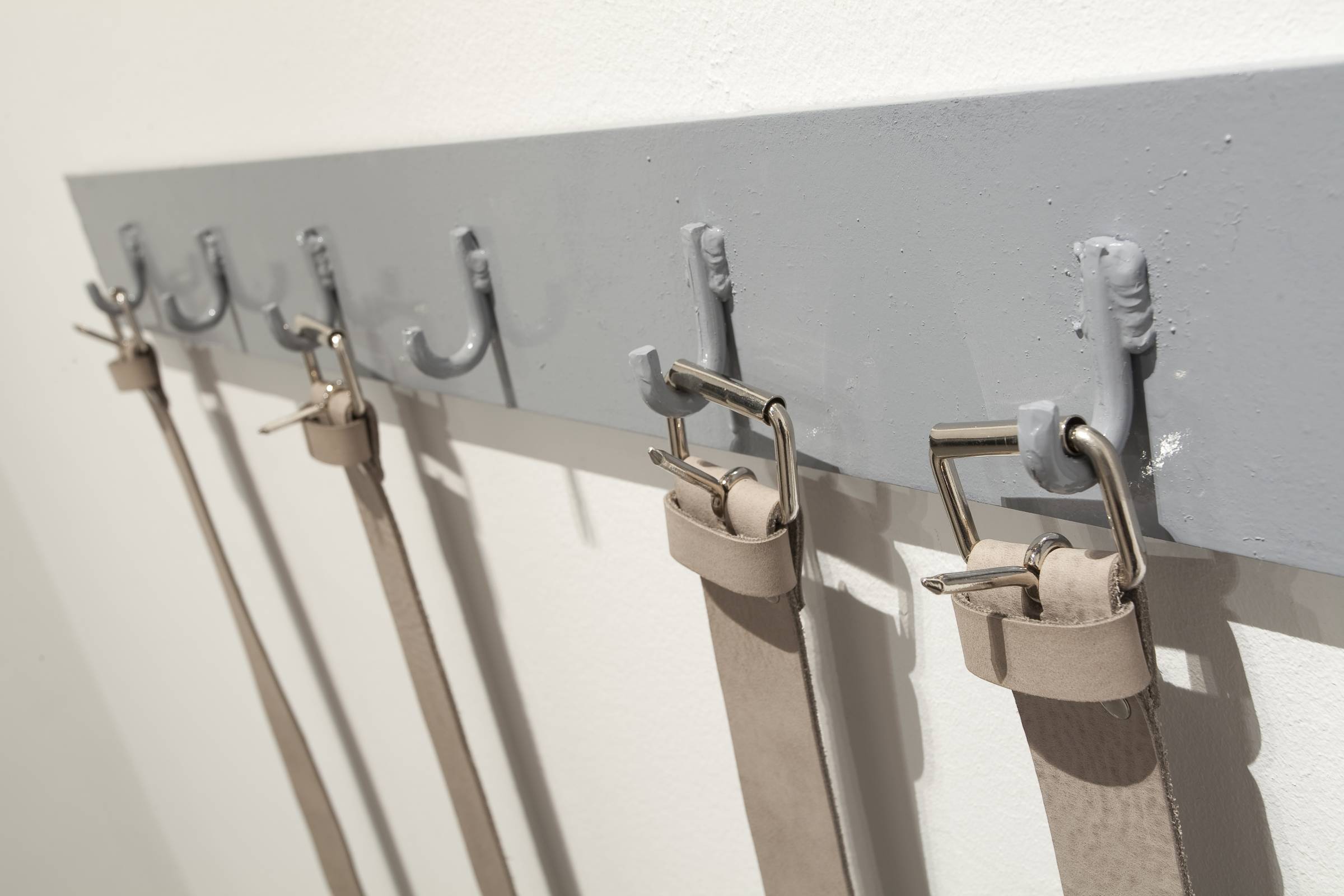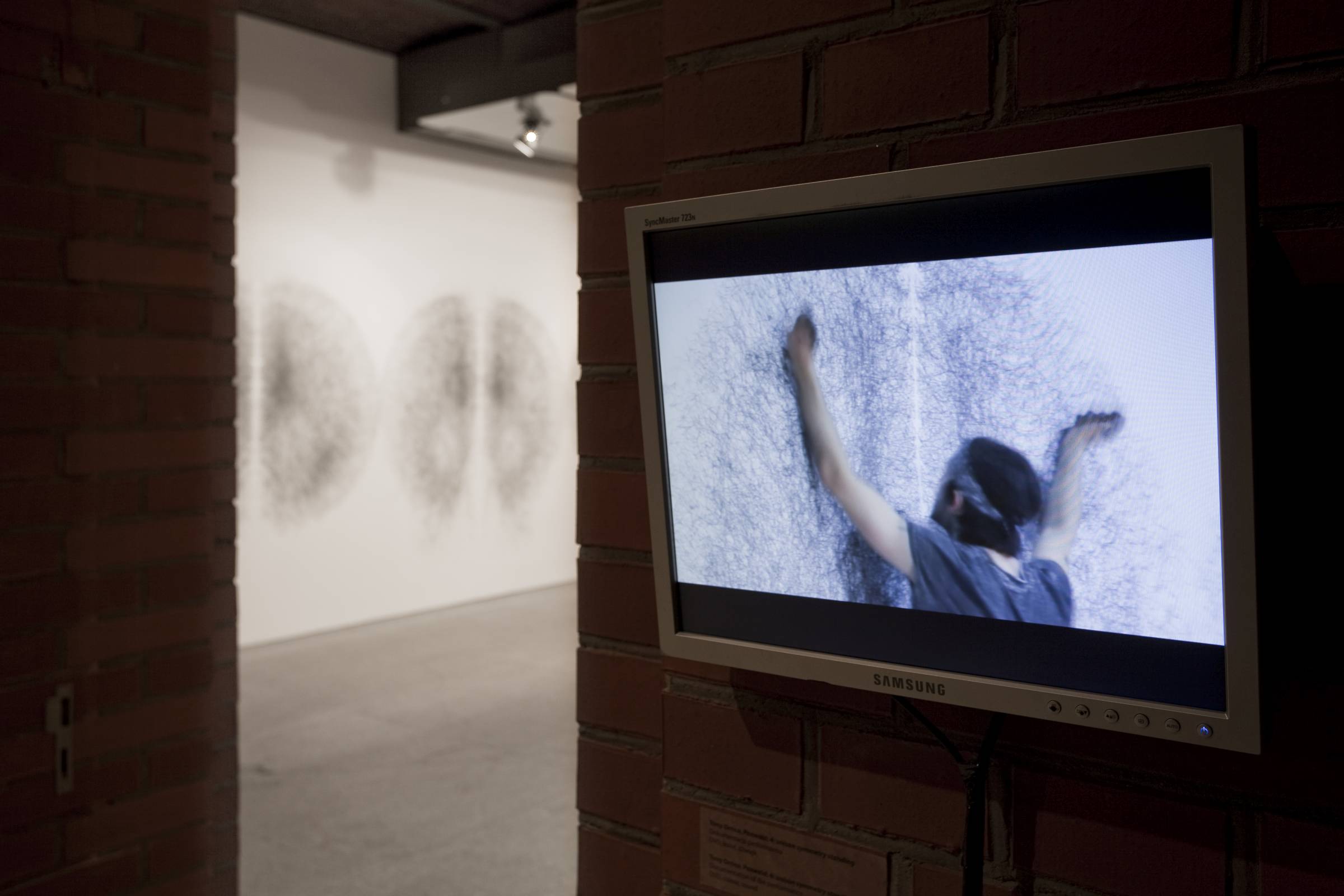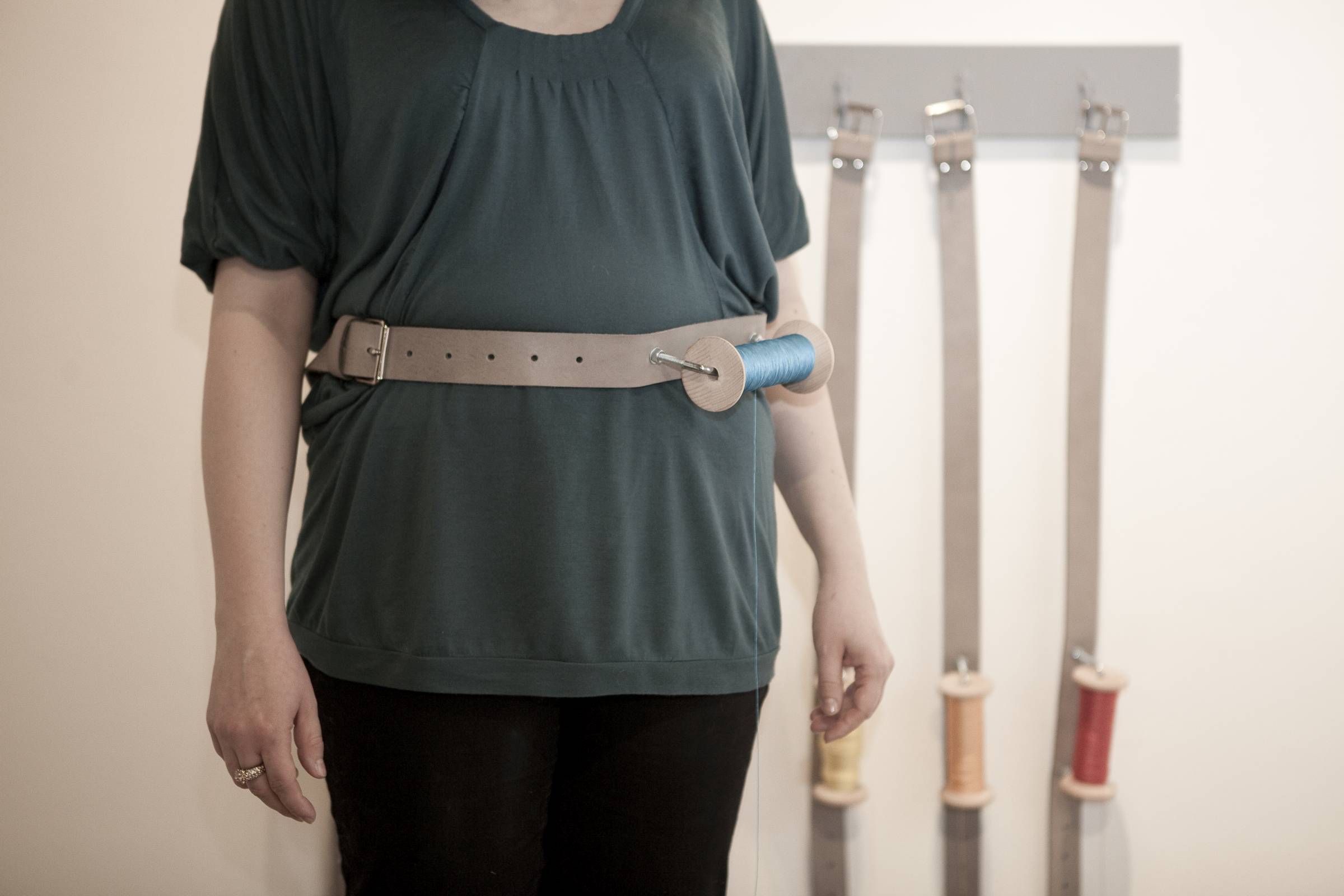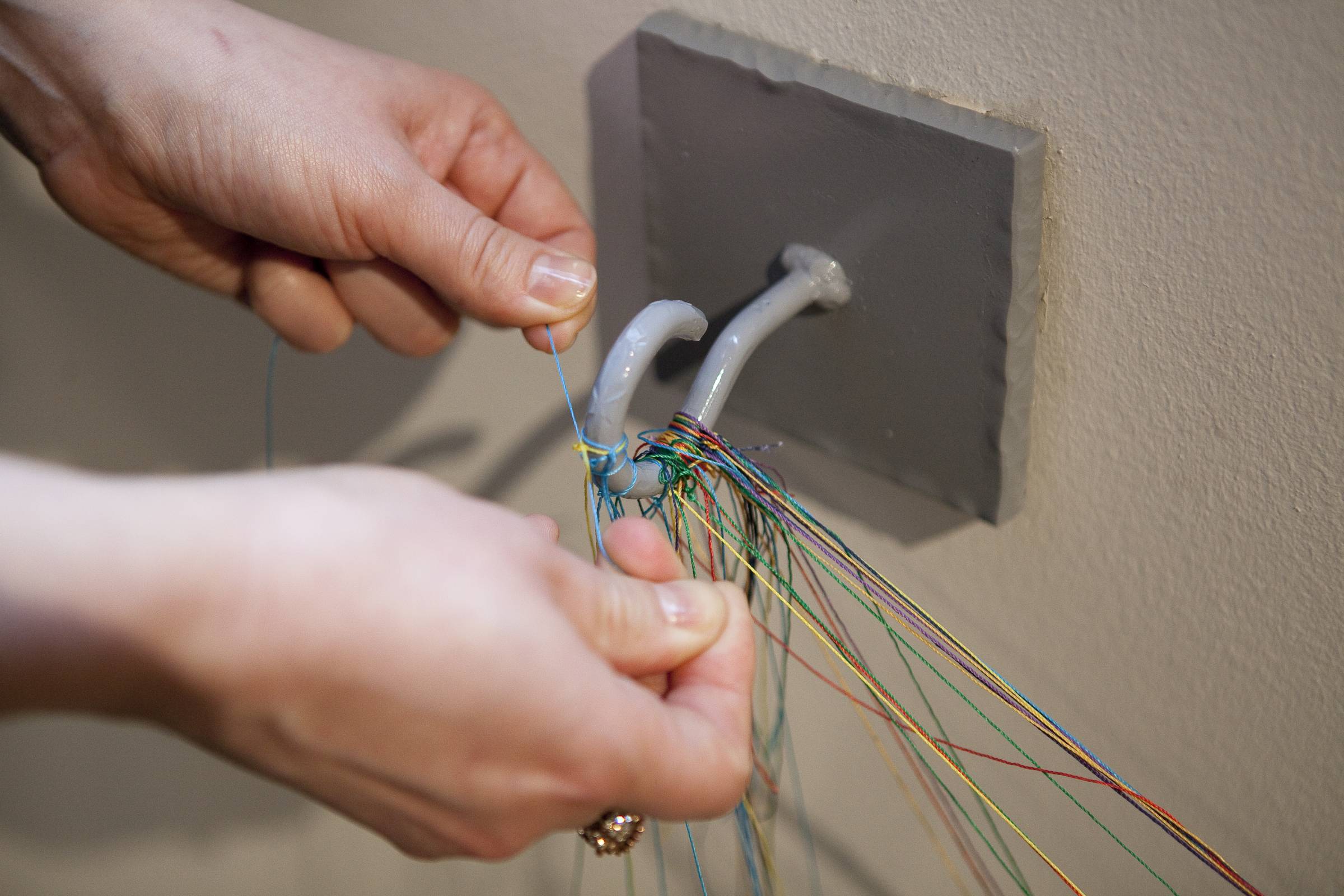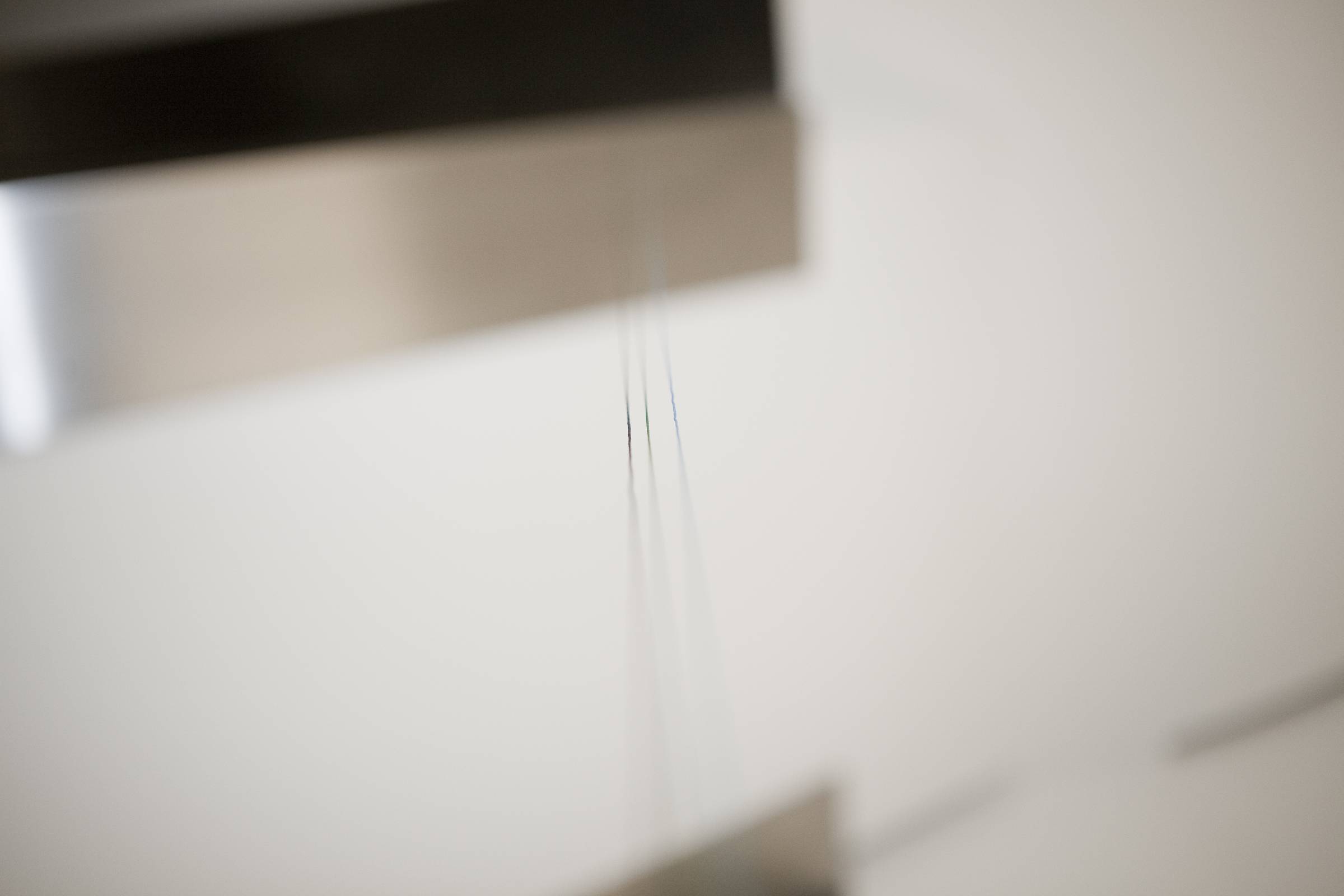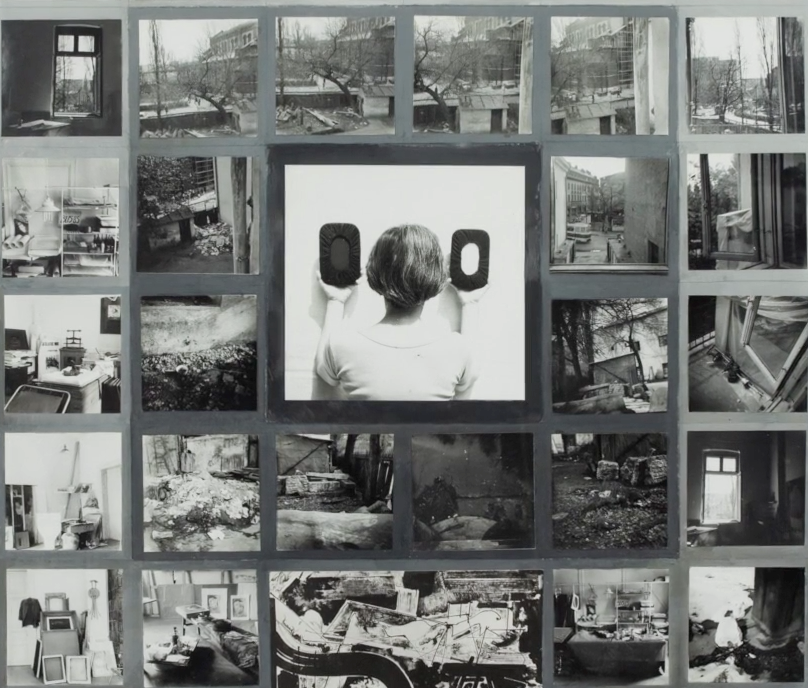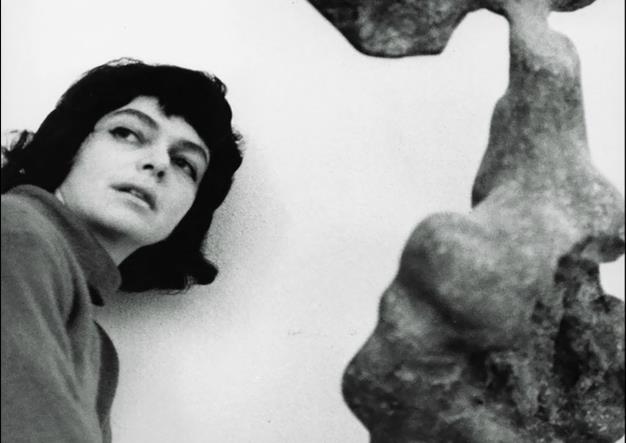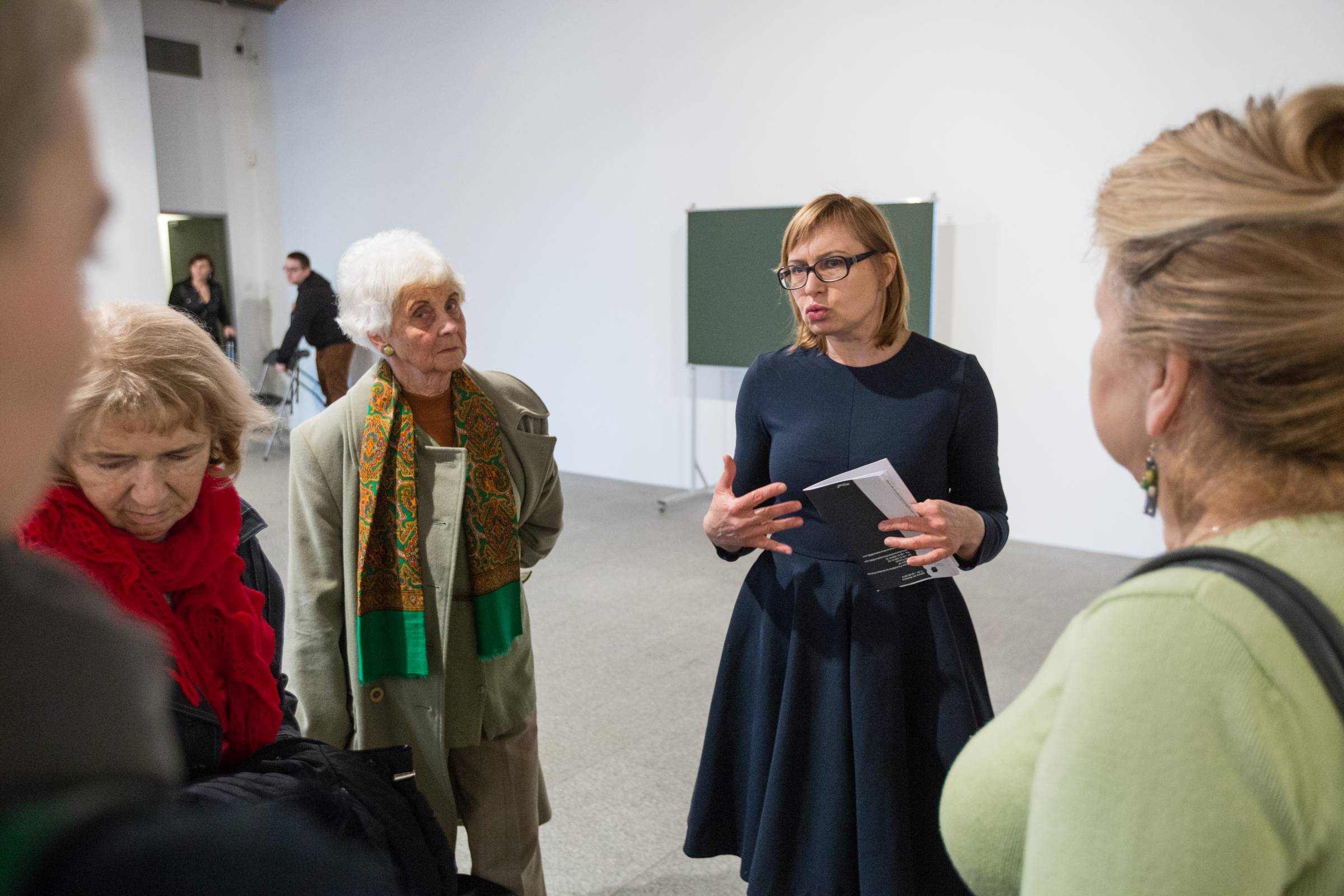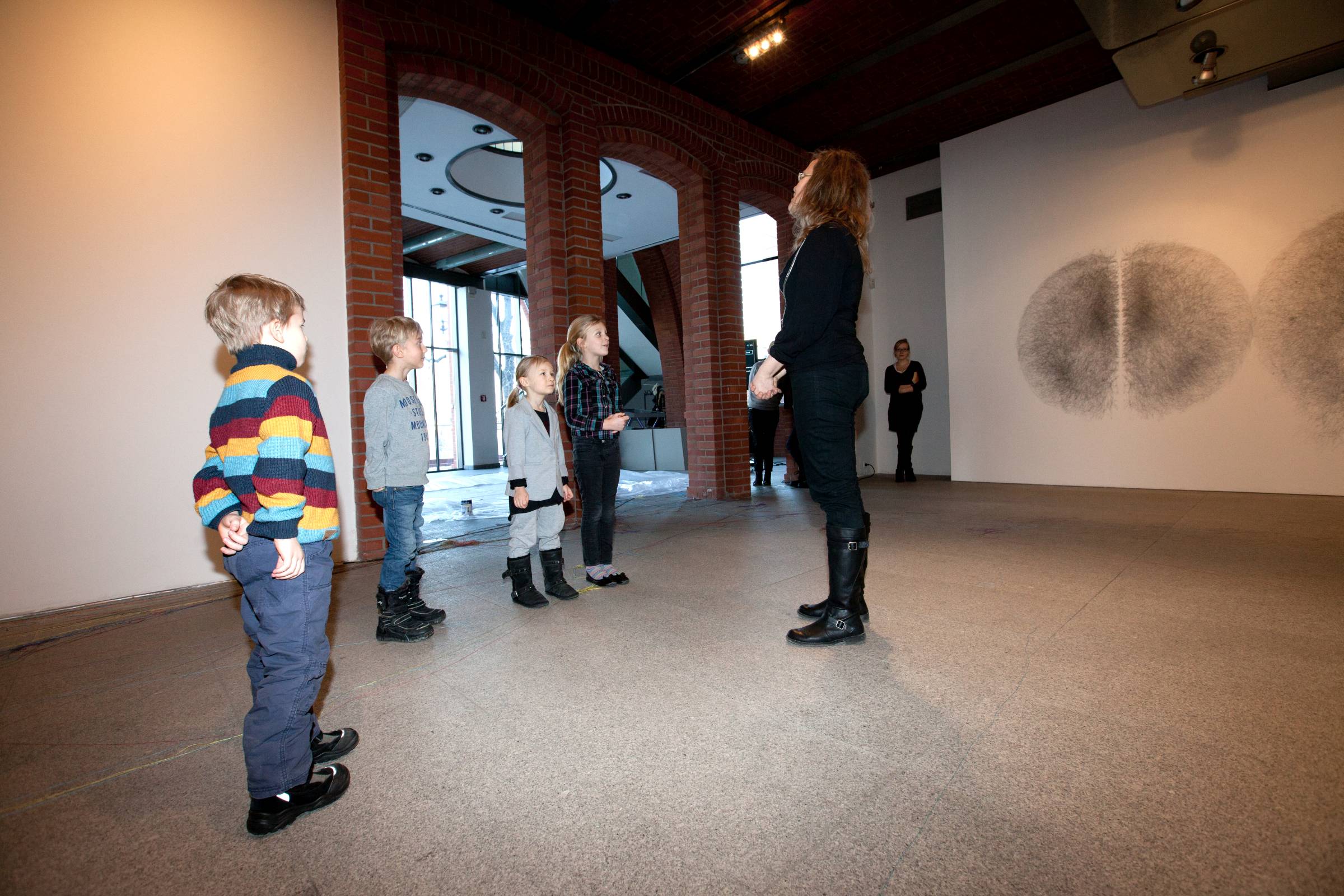Exhibition marked the opening of the celebrations for the 10th anniversary of the Art Stations Foundation by Grażyna Kulczyk. It brought together for the first time the Foundation’s exhibition and performative programme. At the exhibition’s core were drawings from the Grażyna Kulczyk Collection. A departure point for the selection of works was the relationship between gesture and drawing. The concept of the show reached beyond the traditional definition of drawing as a composition of lines on a flat surface. Presented works on paper, objects, photographs and films derive their meanings from complex relations between the act of drawing and the body. Lines on surfaces and in space become traces of gestures, a record of movements, a means of registering physical states. Selected works by eighteen international artists revealed the performative nature of the medium, and the role of a script and chance in the creative process.
For Geta Brătescu and Jarosław Kozłowski drawing is a physical, almost theatrical act extended in time. A process as important as the finished work. Consisting of enamel paint poured onto the walls, the historical works by William Anastasi (Untitled, 1966) recreated for this exhibition are an experimental attempt to transgress the limits of the medium and its fundamental properties. At the same time, they are traces of expression and the artist’s fleeting gesture. In Anastasi’s take the line is freed from the rigor of the support and academic precision. A similar thing occurs in Tadeusz Kantor’s gestural painting represented in the show by an exceptional document – a recently discovered film, Attention!… painting (1957), which records a moment of creation of an informel painting. Set alongside this oneiric vision of a creative act, Pierre Bismuth’s film Following the Right Hand of Sigmund Freud (2009) opens up a field for reflection on drawing as a manifestation of the author’s ego, indicating the subconscious as a source for the spontaneous movement of a hand.
Uncontrolled movement and chance determined the final form of the drawings by Carol Rama and Tim Knowles. The work of Knowles is the result of ink freely spilling on a piece of paper during transport to the Grażyna Kulczyk Collection. The oldest work in the exhibition, Bruno Schulz’s Nude (1933), as well as a selection of Jerzy Nowosielski’s nudes, introduce representation of the body as a topic further explored in a critical dialogue with works by artists such as Alina Szapocznikow, Dora Maurer and Kate Davis. In Davis’s film and drawings comprising the work Disgrace (2009), fragments of the artist’s body traced on reproductions of modernist nudes by Amadeo Modigliani challenge the dominance of the male gaze in Art History.
At the same time, idealized sketches by the “great masters” provide a striking contrast to the frail bodies depicted in works by Magdalena Abakanowicz (Cataract, 2002), Geta Brătescu (Accident, 1994) and Halina Chrostowska (Hands, 1974-1975), in which drawing becomes a poignant testimony of physical inability and a means of transcending it.
Historical and contemporary works in the exhibition were accompanied by several special commissions. An ephemeral sculpture by Mirosław Bałka, Pisząc ciało/Writing the body/Koerper schreiben accumulated during the show as a record of traces left in the space by the visitors. Tony Orrico, a former soloist of Trisha Brown’s dance company, recreated drawings from his Penawald series on the gallery walls. They recorded a cycle of symmetrical movements repeated for several hours during a three-day action. Within a week-long workshop for choreographers run by the artist, Orrico also presented Wrists on Walks, (the outcome of which, a drawing, entered GK Collection) and a lecture-performance on his working method. The exhibition space became a stage for three young choreographers: Aleksandra Borys, Magdalena Ptasznik and Anna Steller, who were artists-in-residence at the Art Stations Foundation during the show. Their temporary interventions in the gallery referred to the works on display and to the motifs that link them: meandering lines, fleeting gestures and lasting marks.
The exhibition was also accompanied by presentations by choreographers who translated their fascination with the act of drawing into the language of dance and transferred it directly to the stage. In his performance Harvest, Rodrigo Sobarzo de Larraechea made the line, transferred into the third dimension, a tool for modeling space and a determinant of the performers’ actions. In turn, choreographer Jeremy Wade, in a performative lecture at Studio Maltownia +3, talked about his choreographic practice and referred, among other things, to his collaboration with visual artist Monika Grzymała, which resulted in a performance of “dark material” juxtaposing the physical actions of the dancers and ad hoc “drawings in space” created by the artist.
